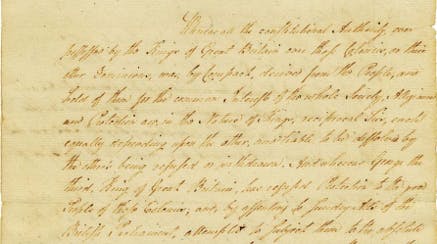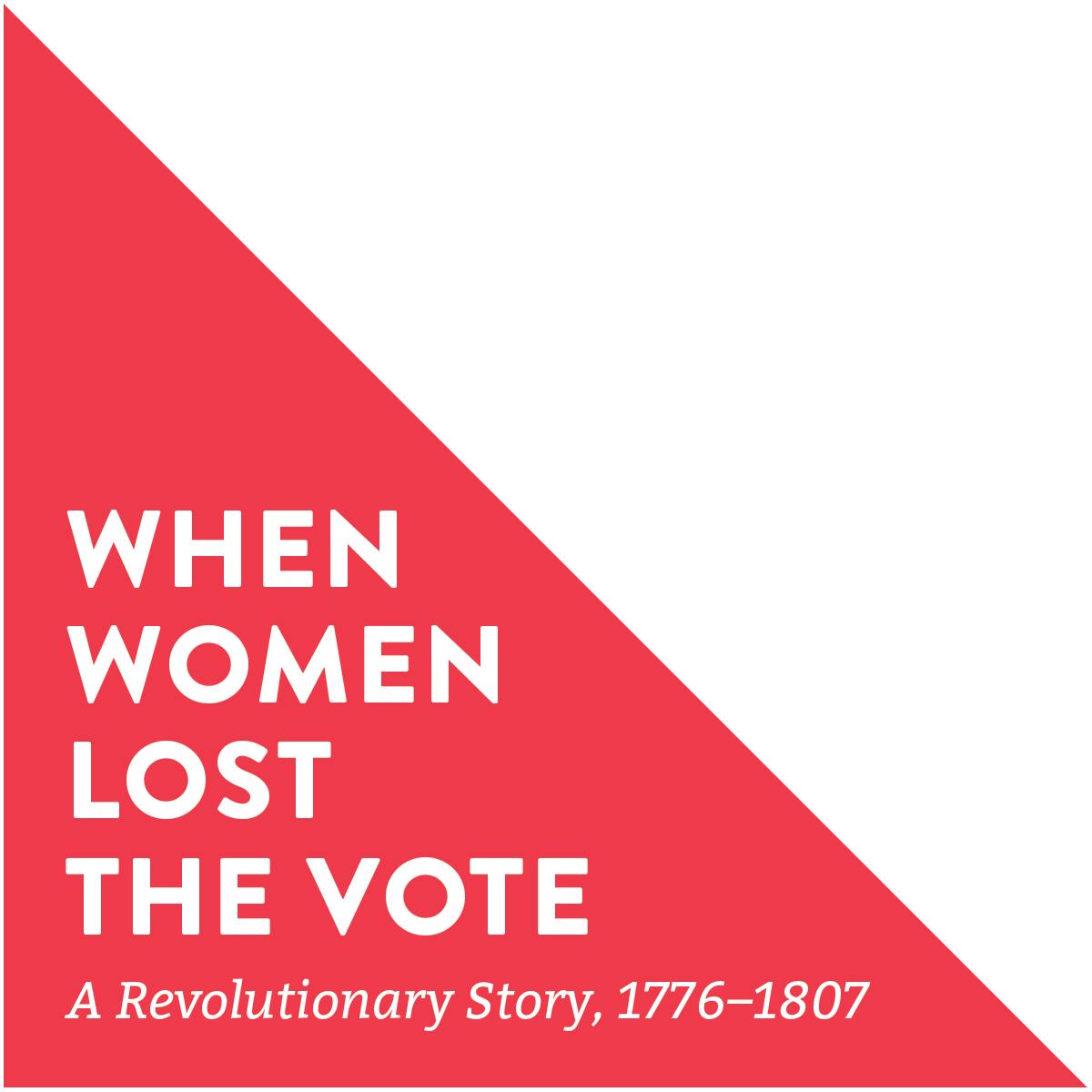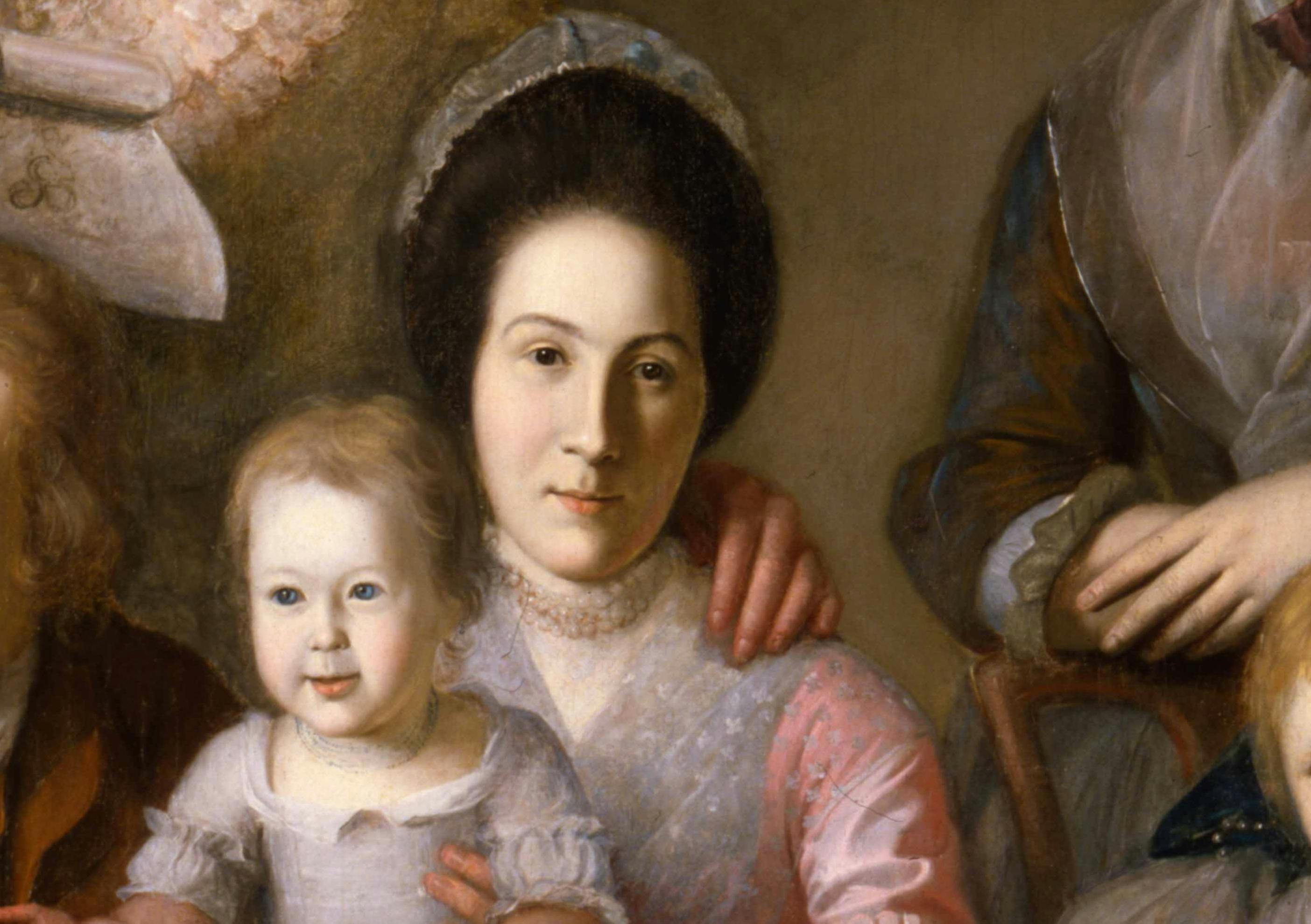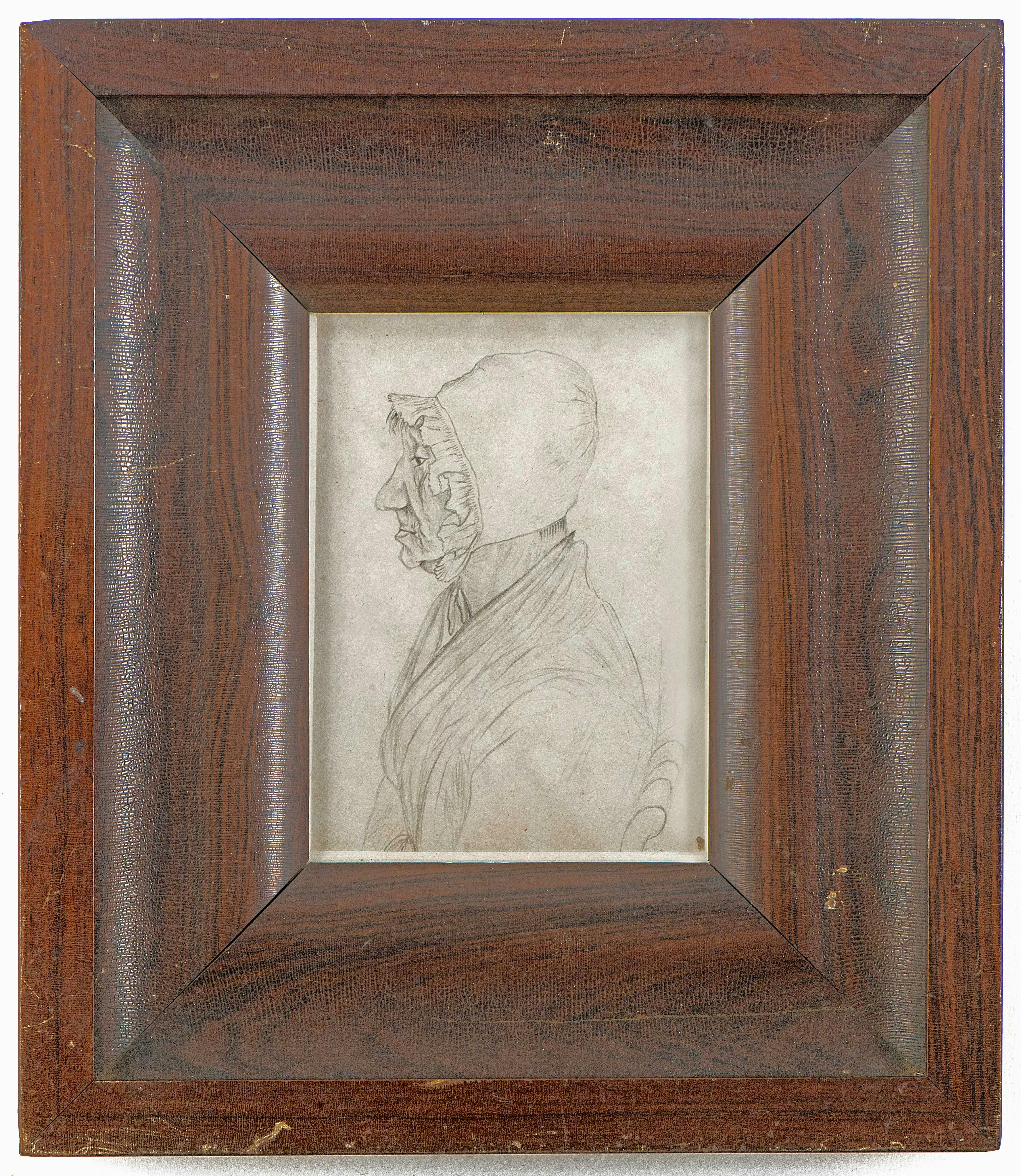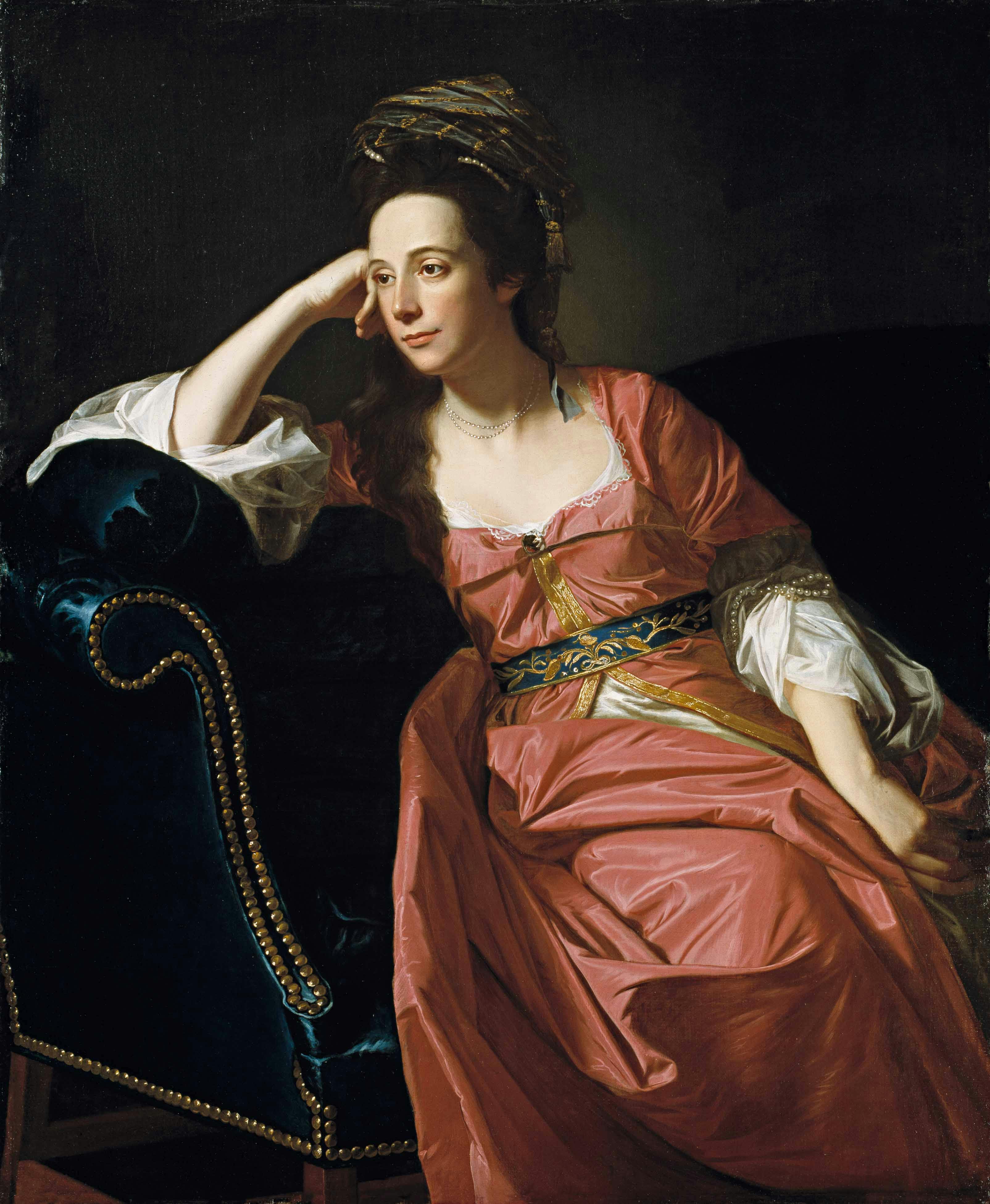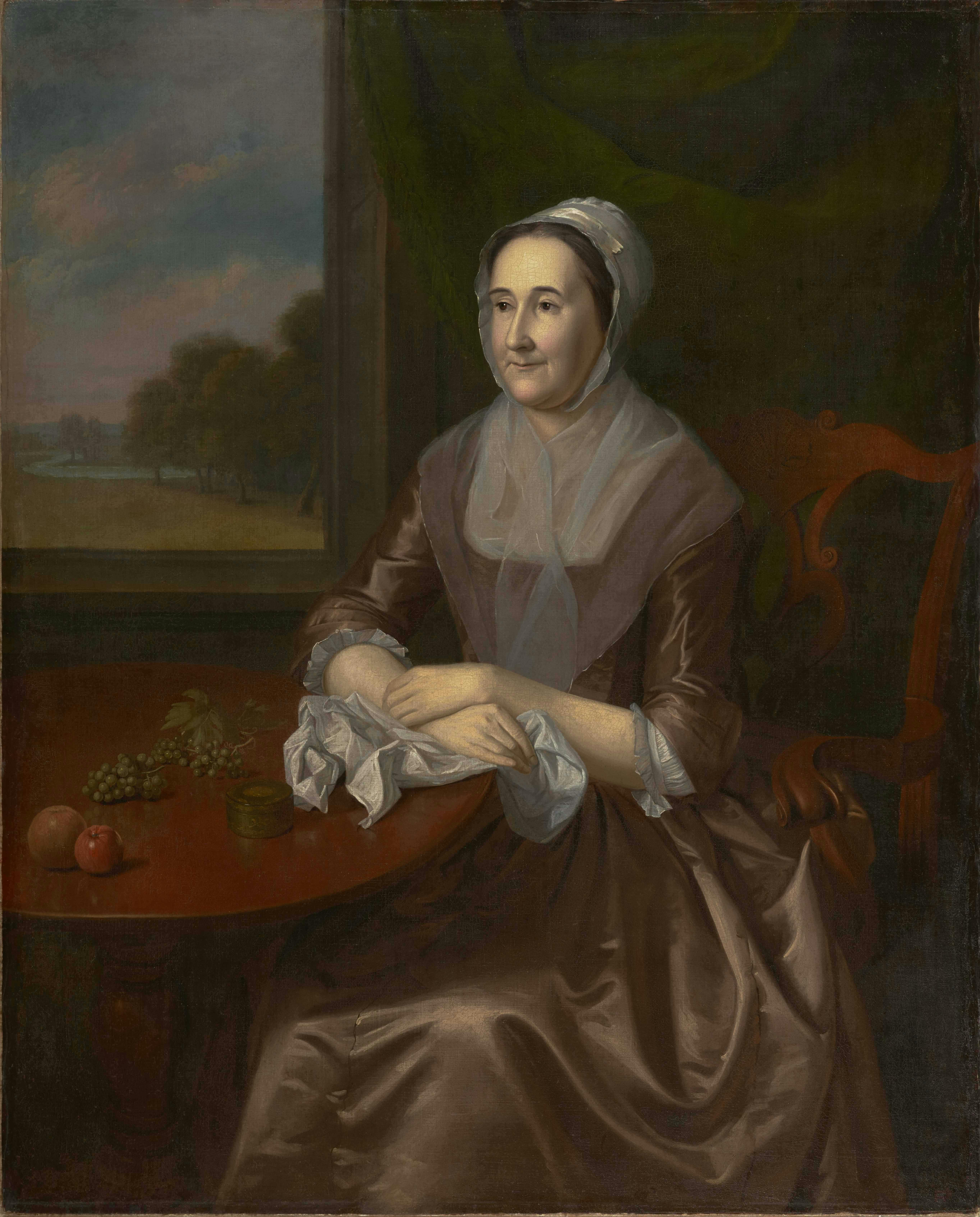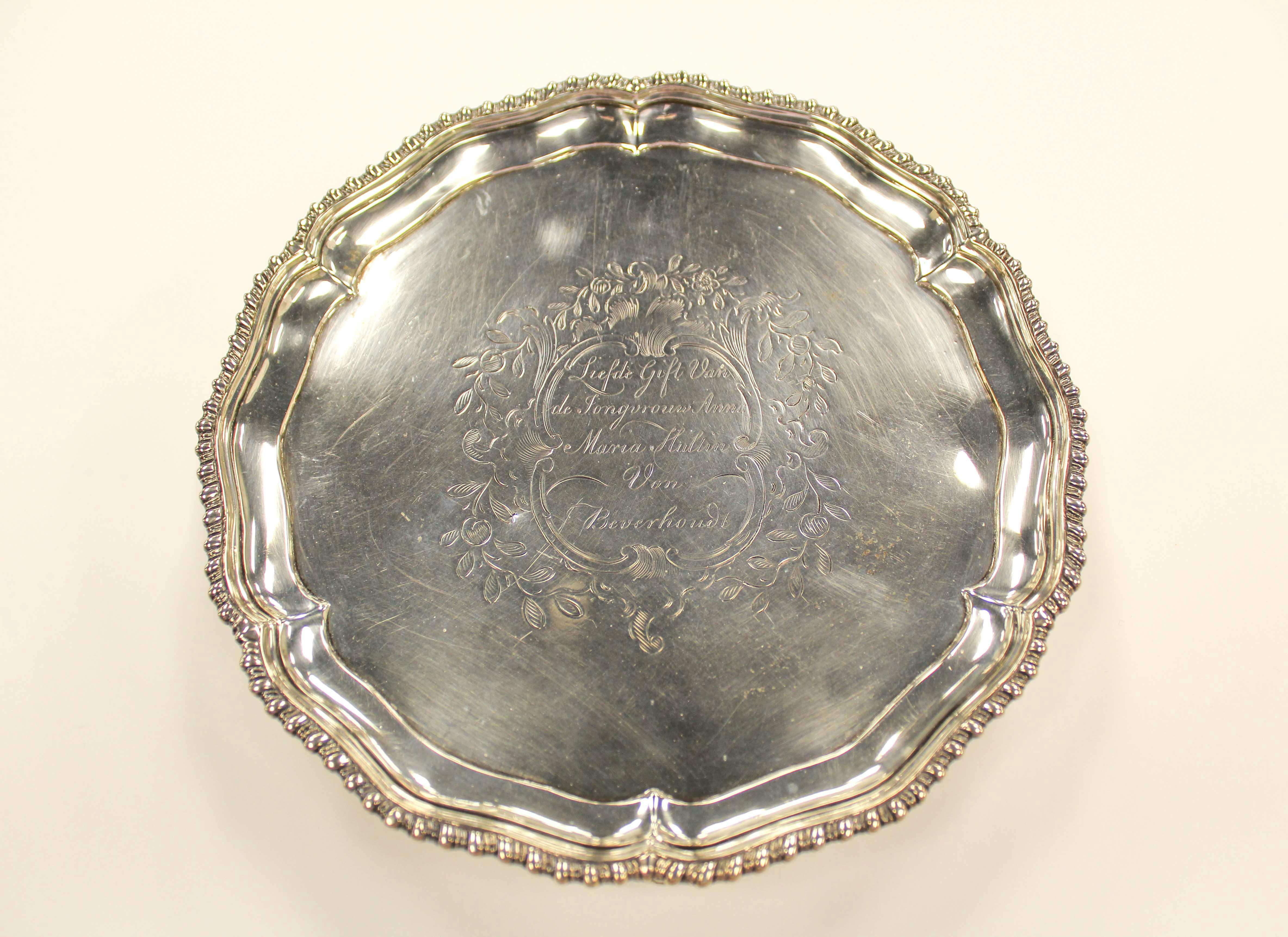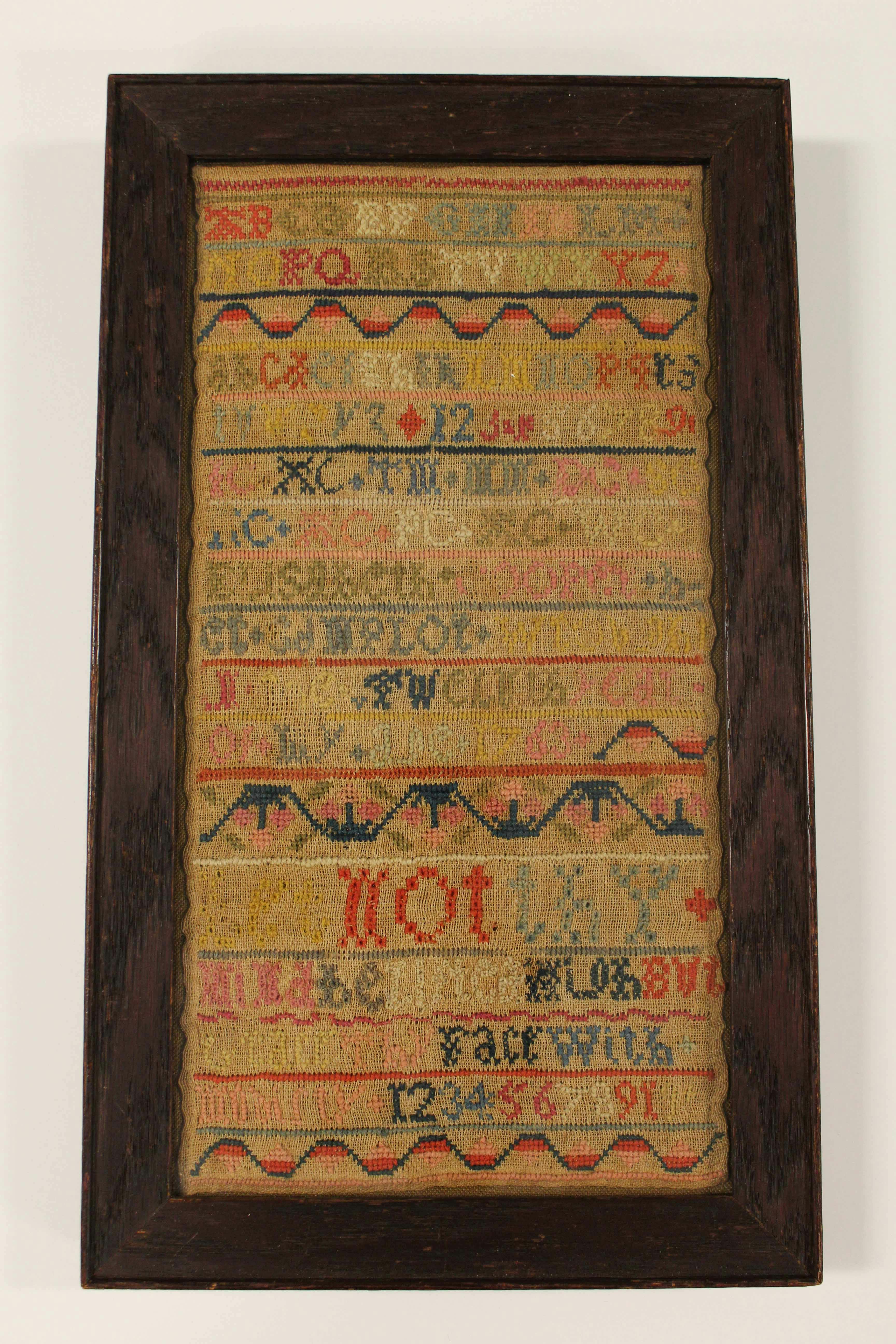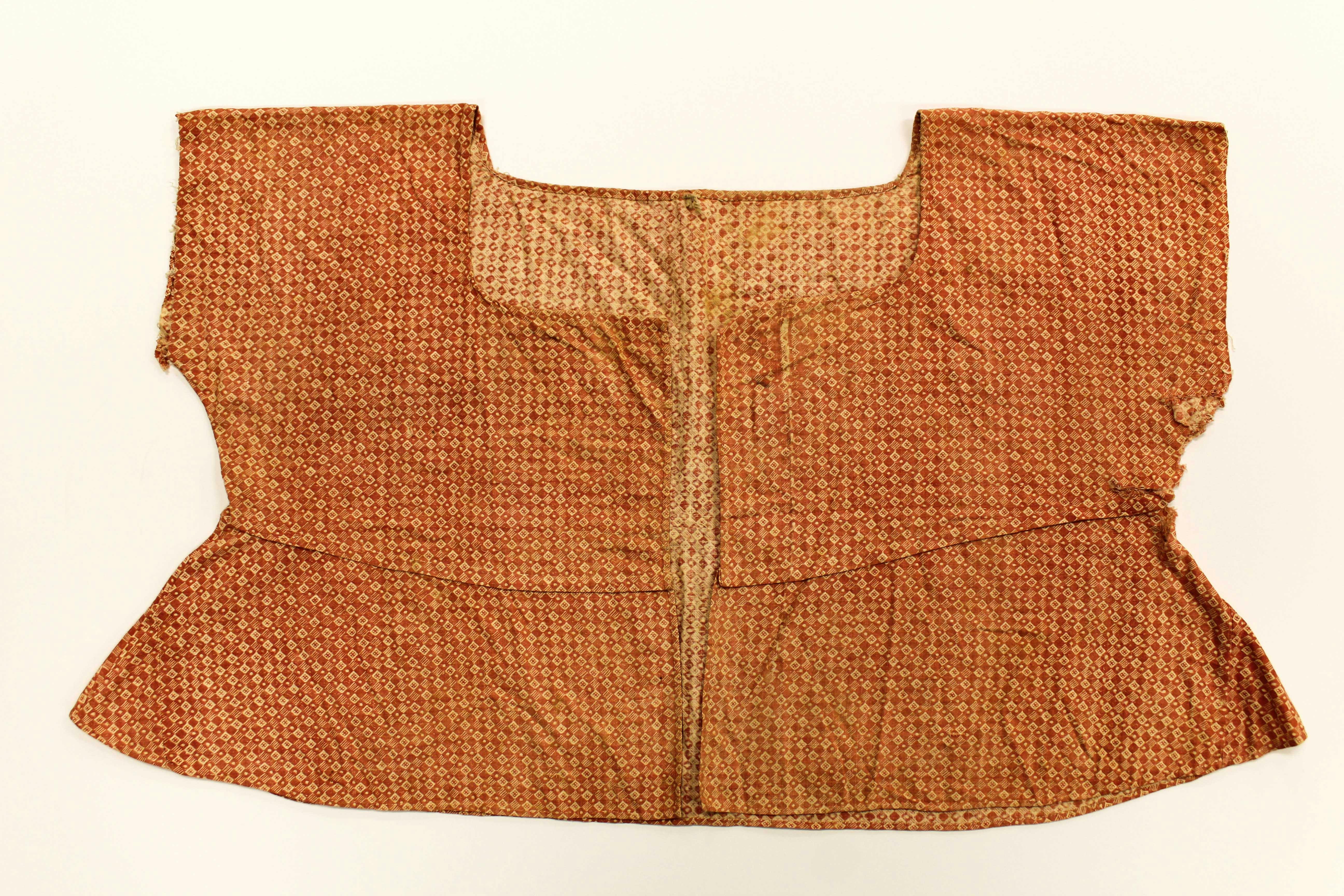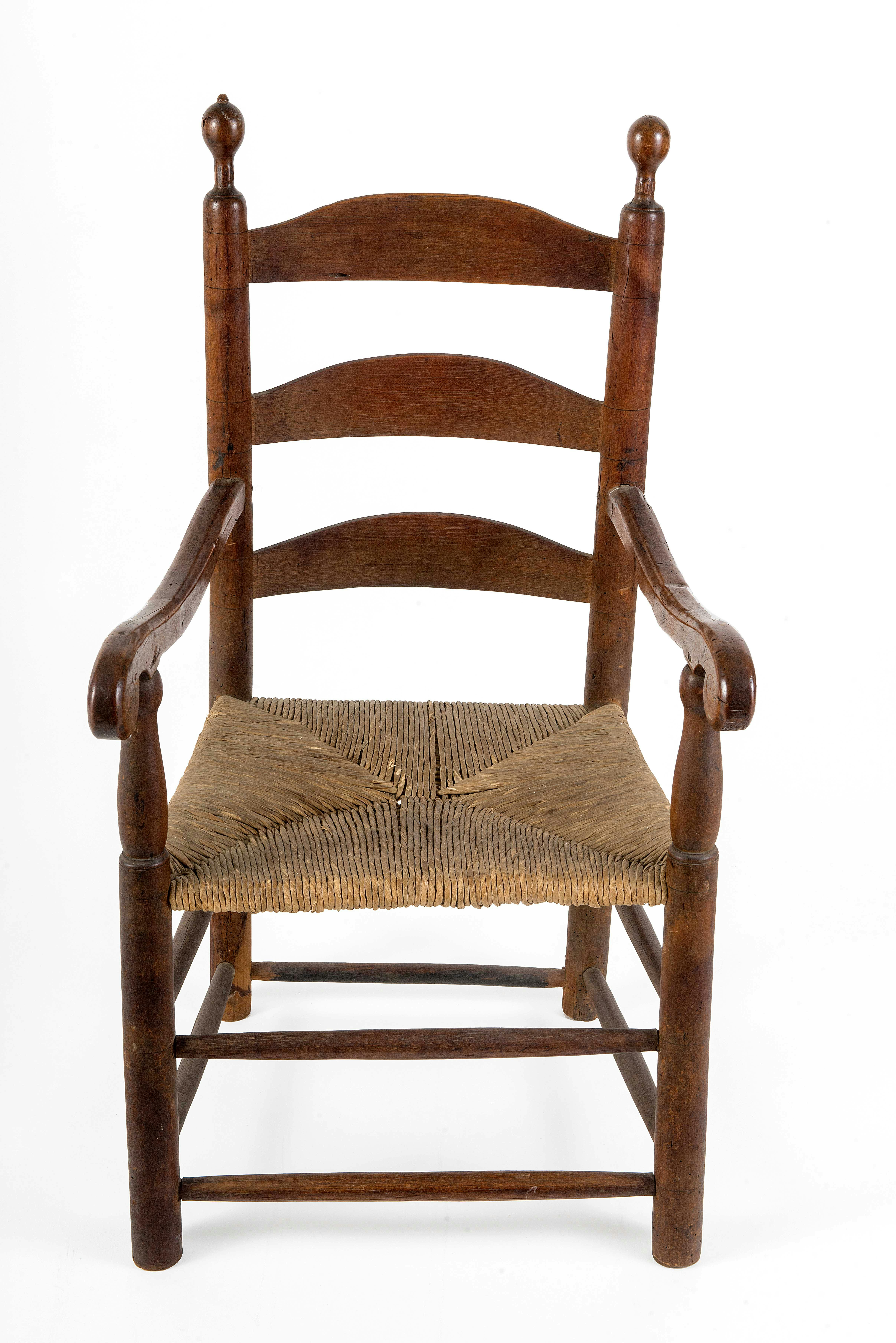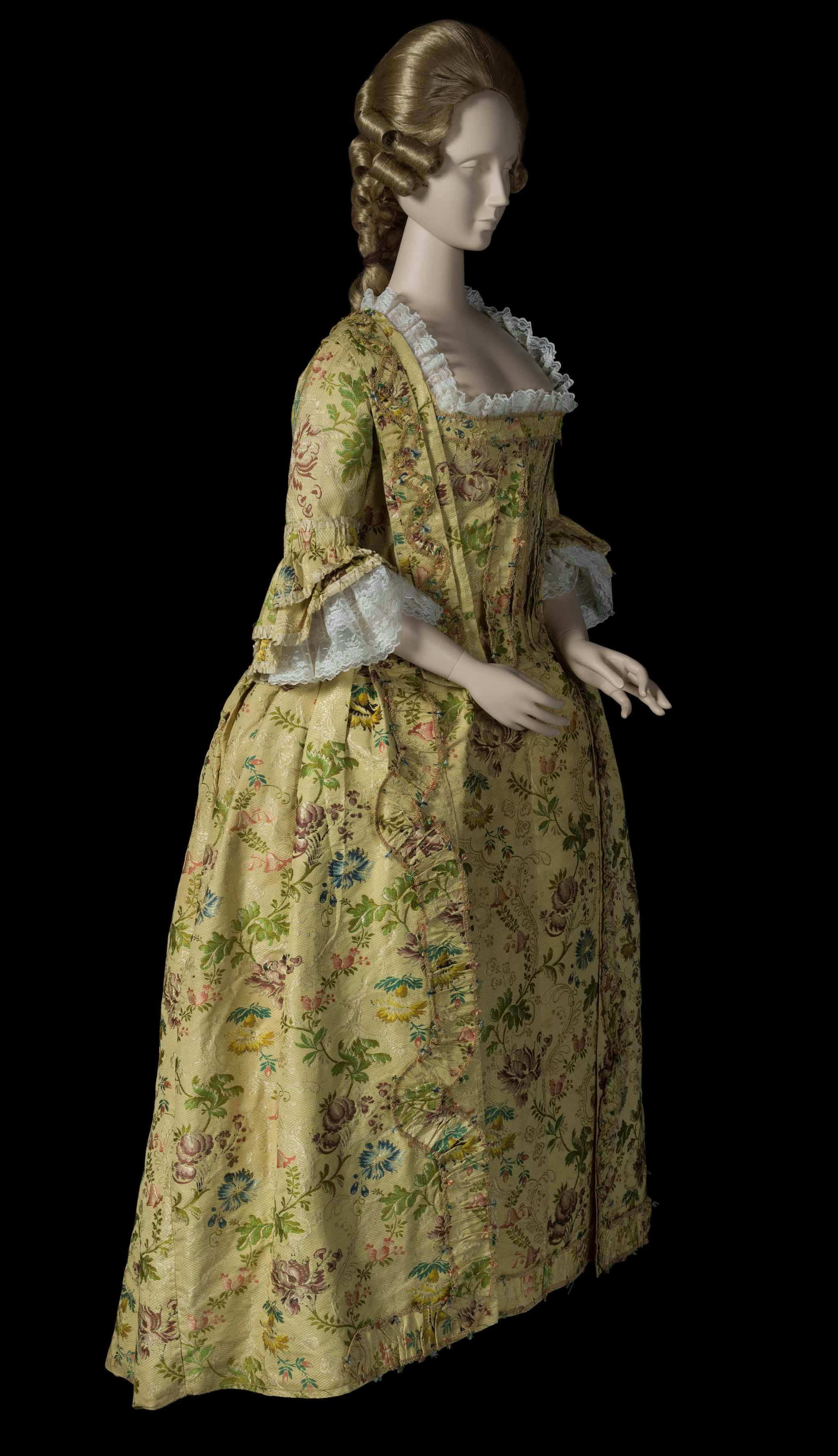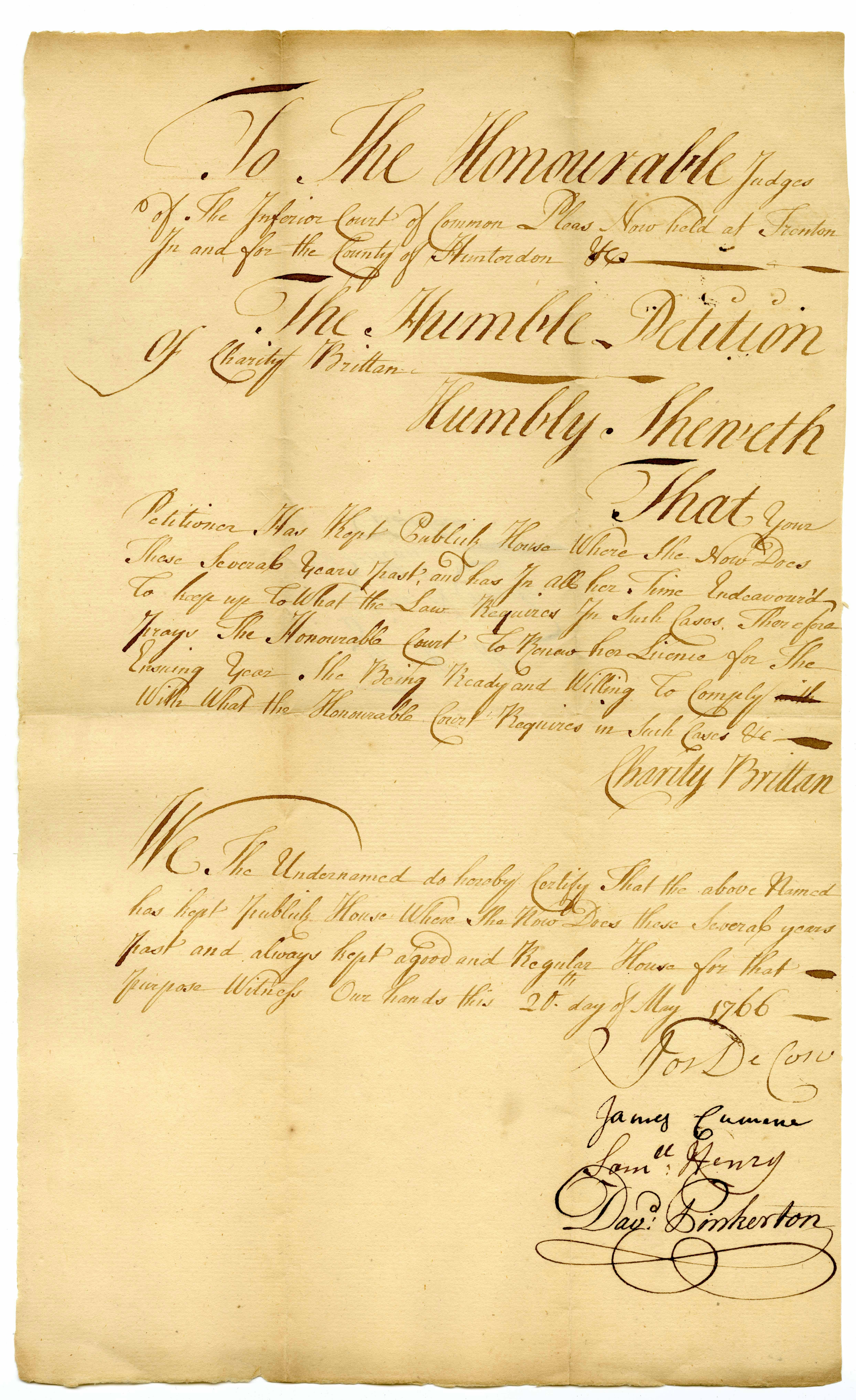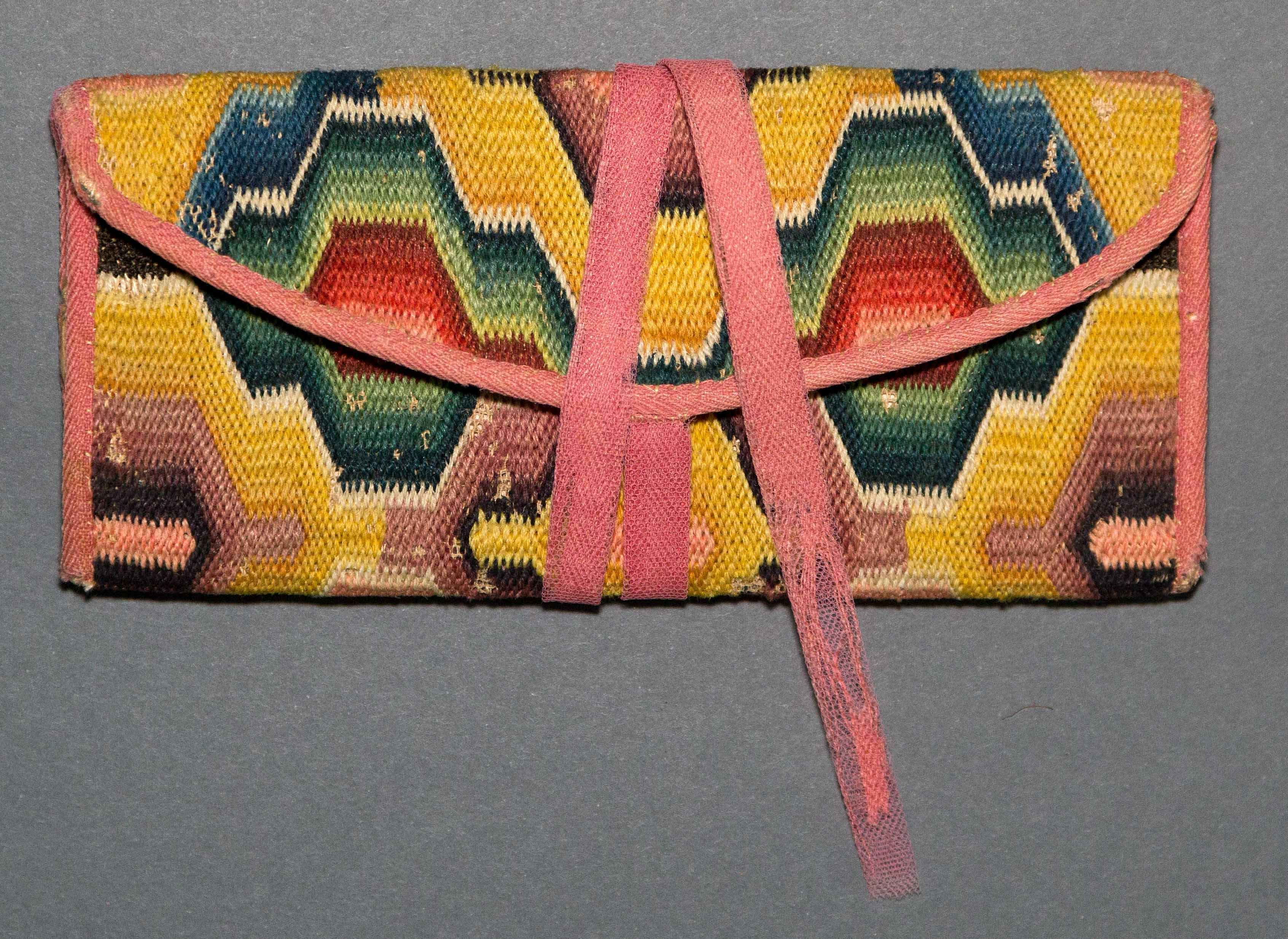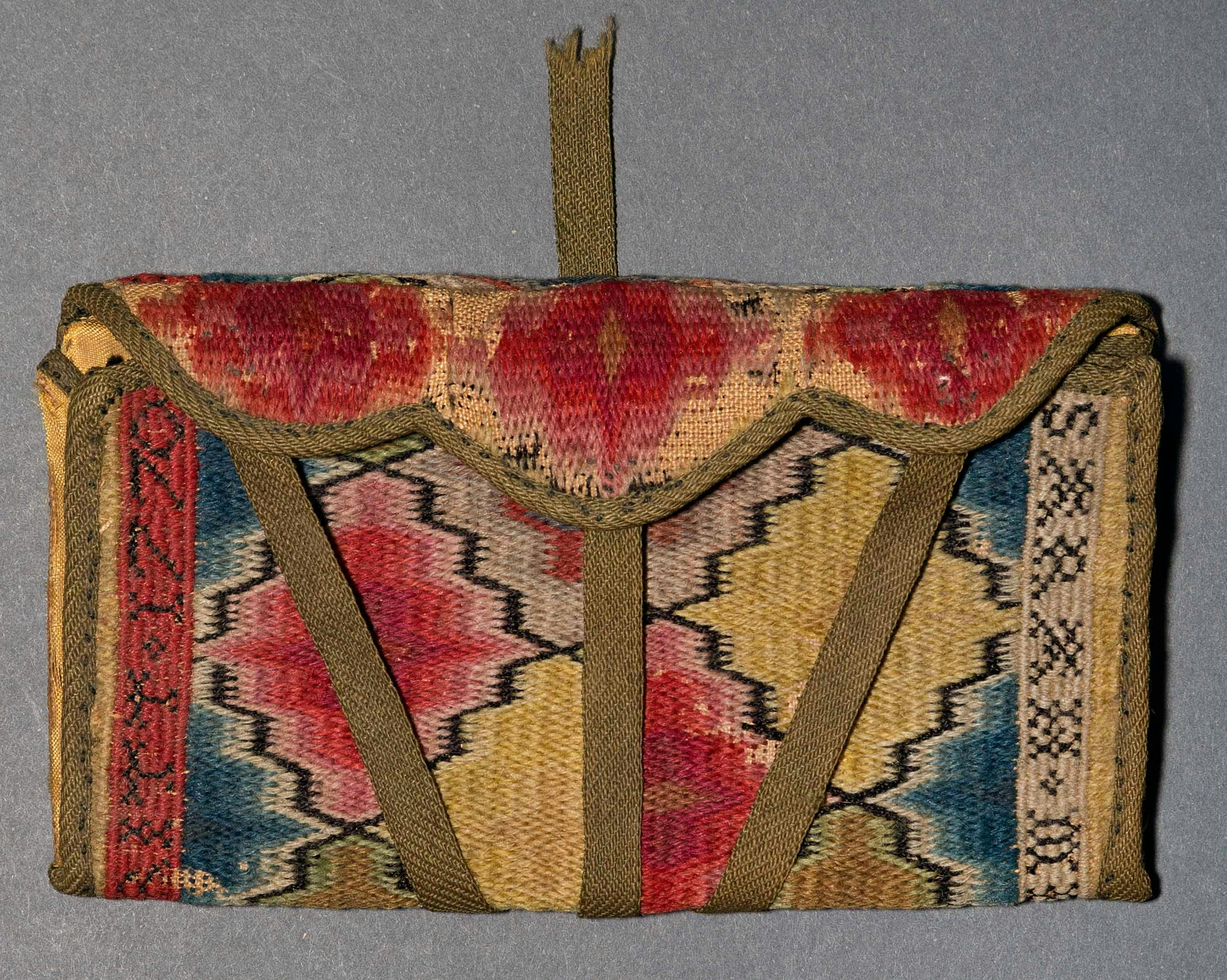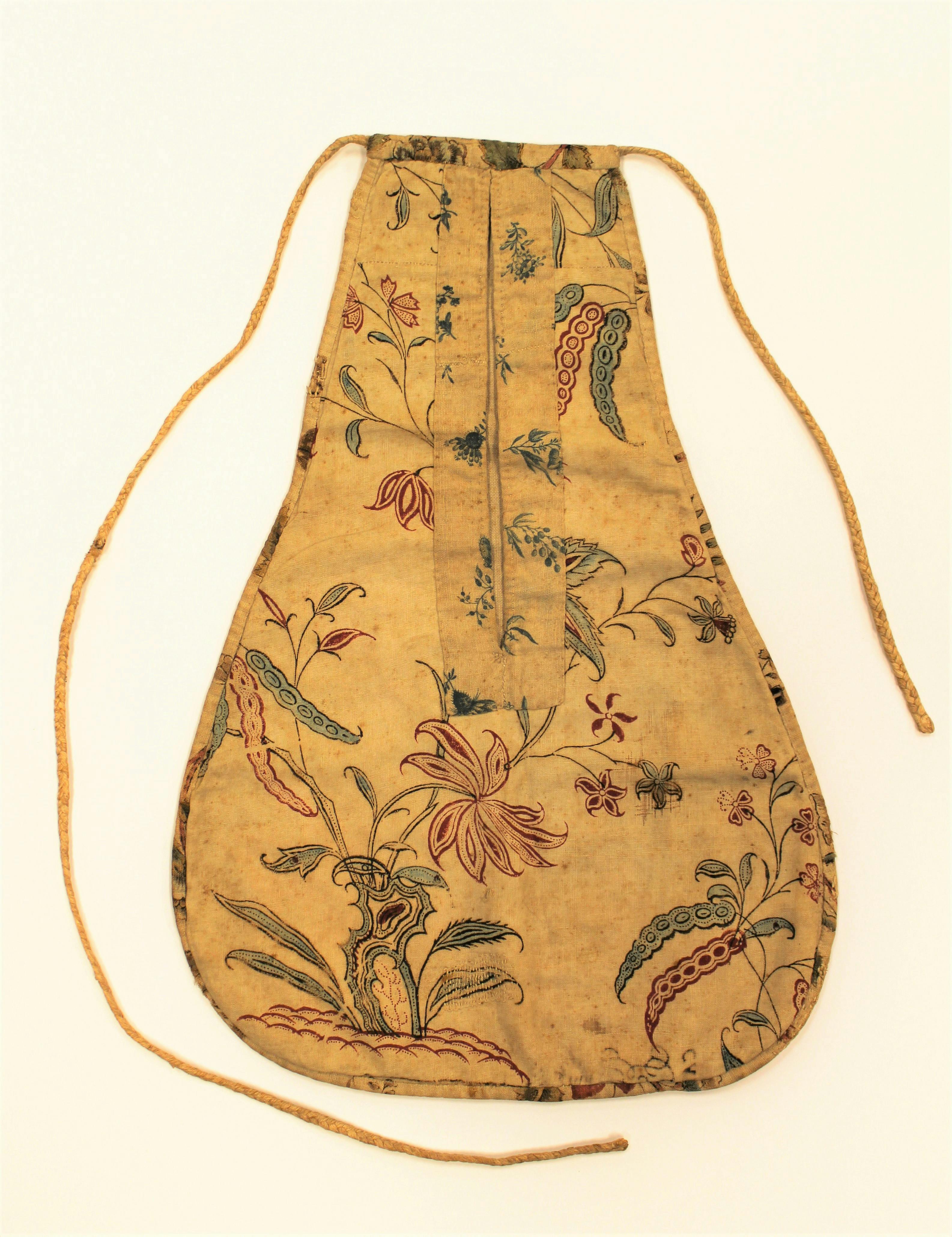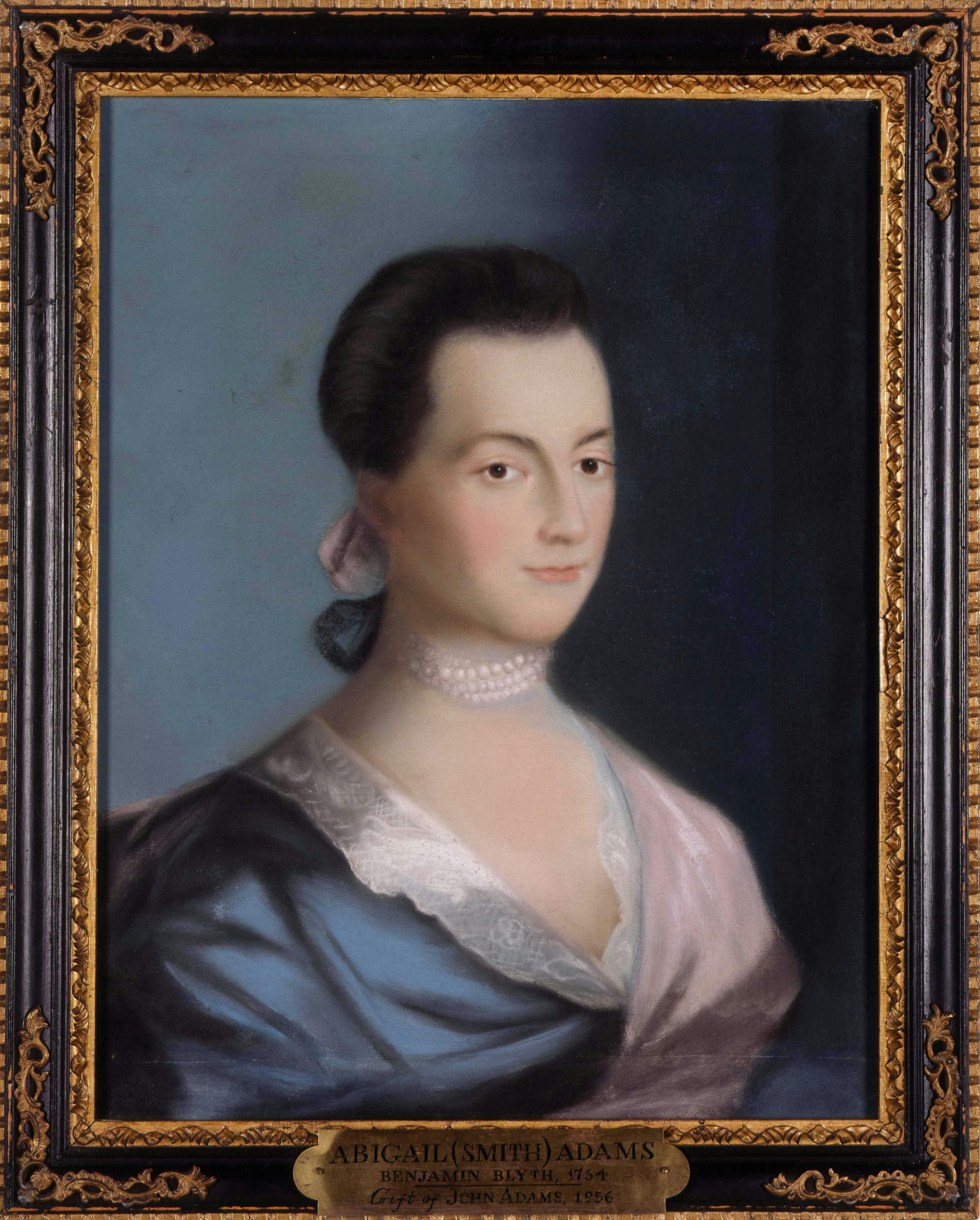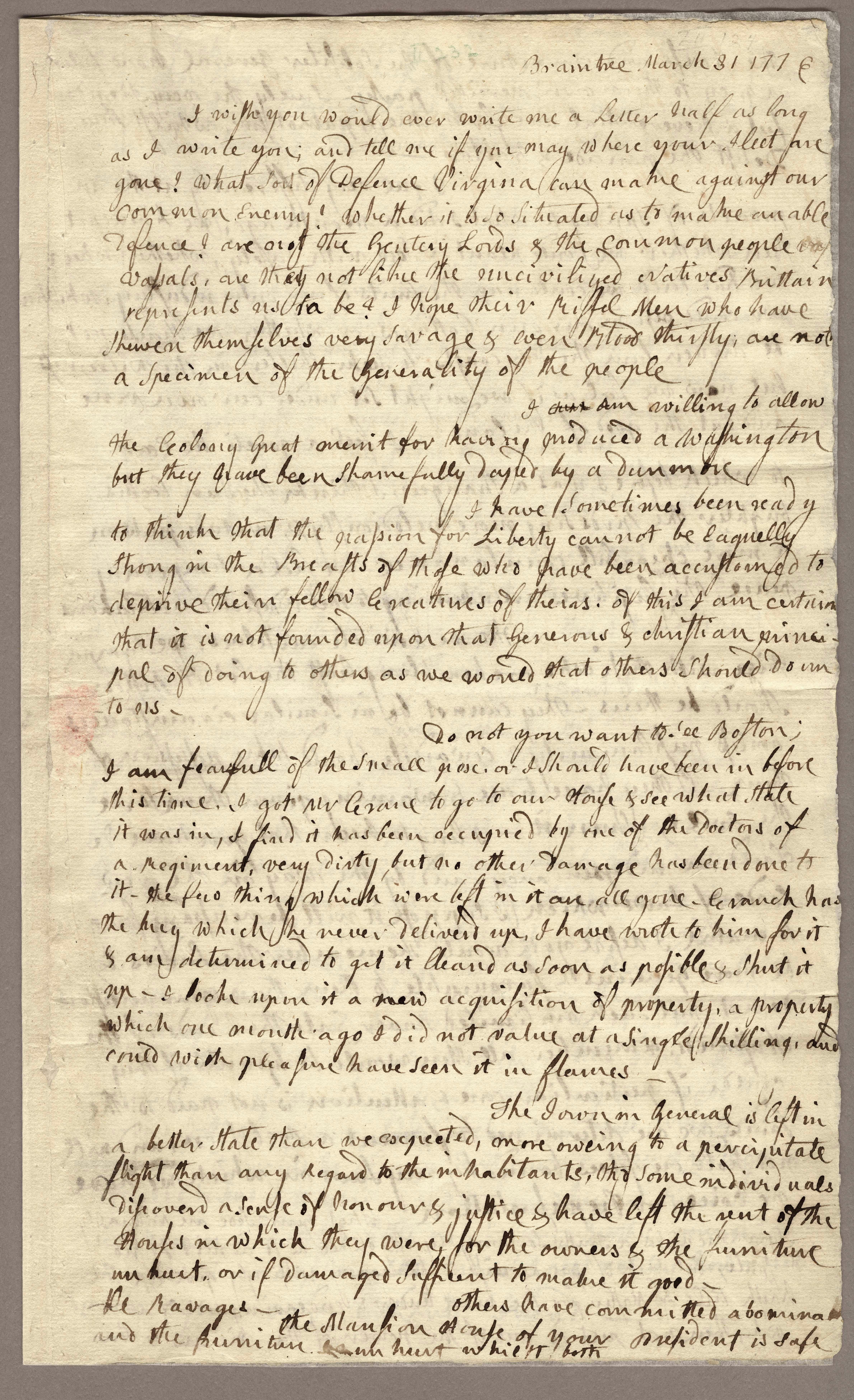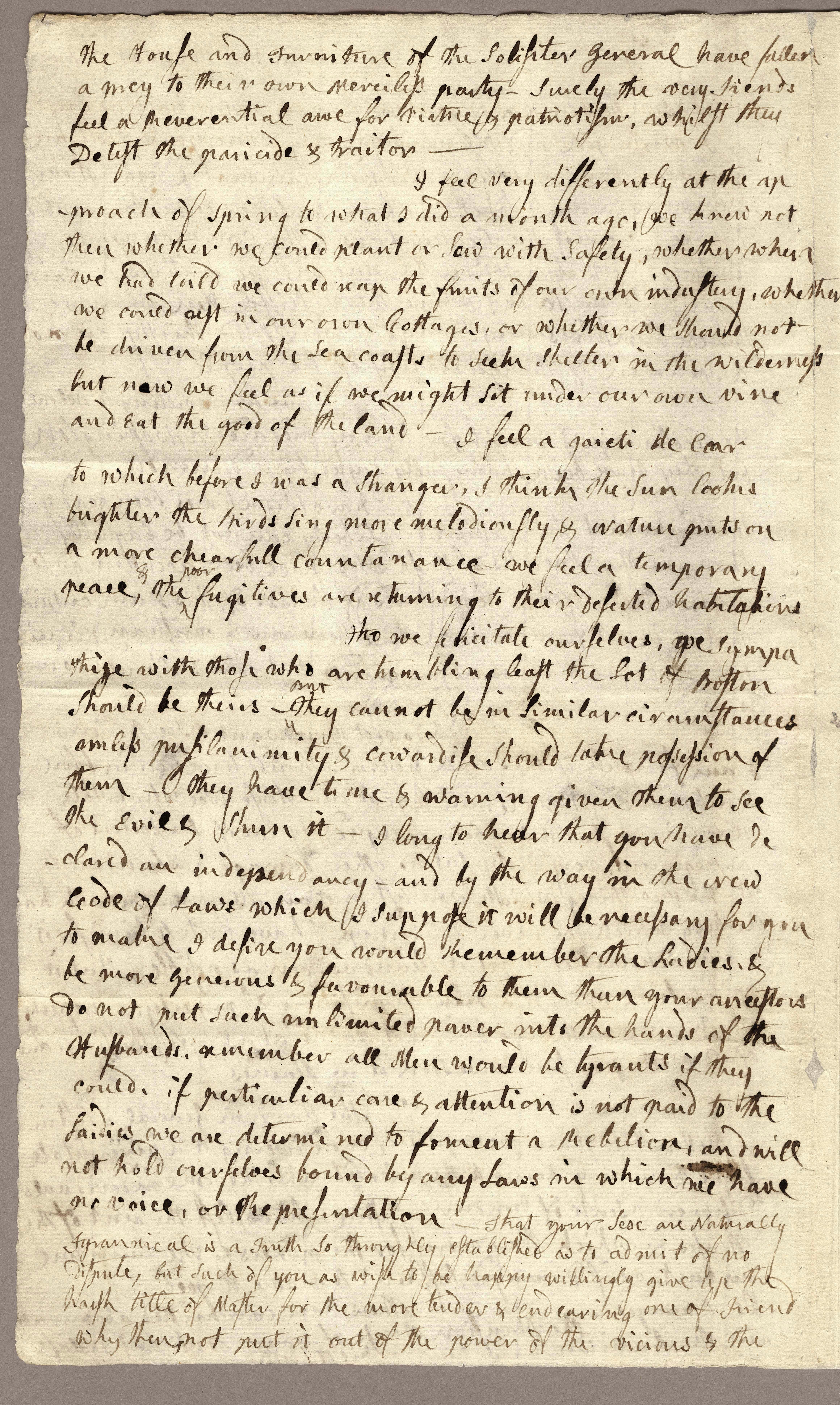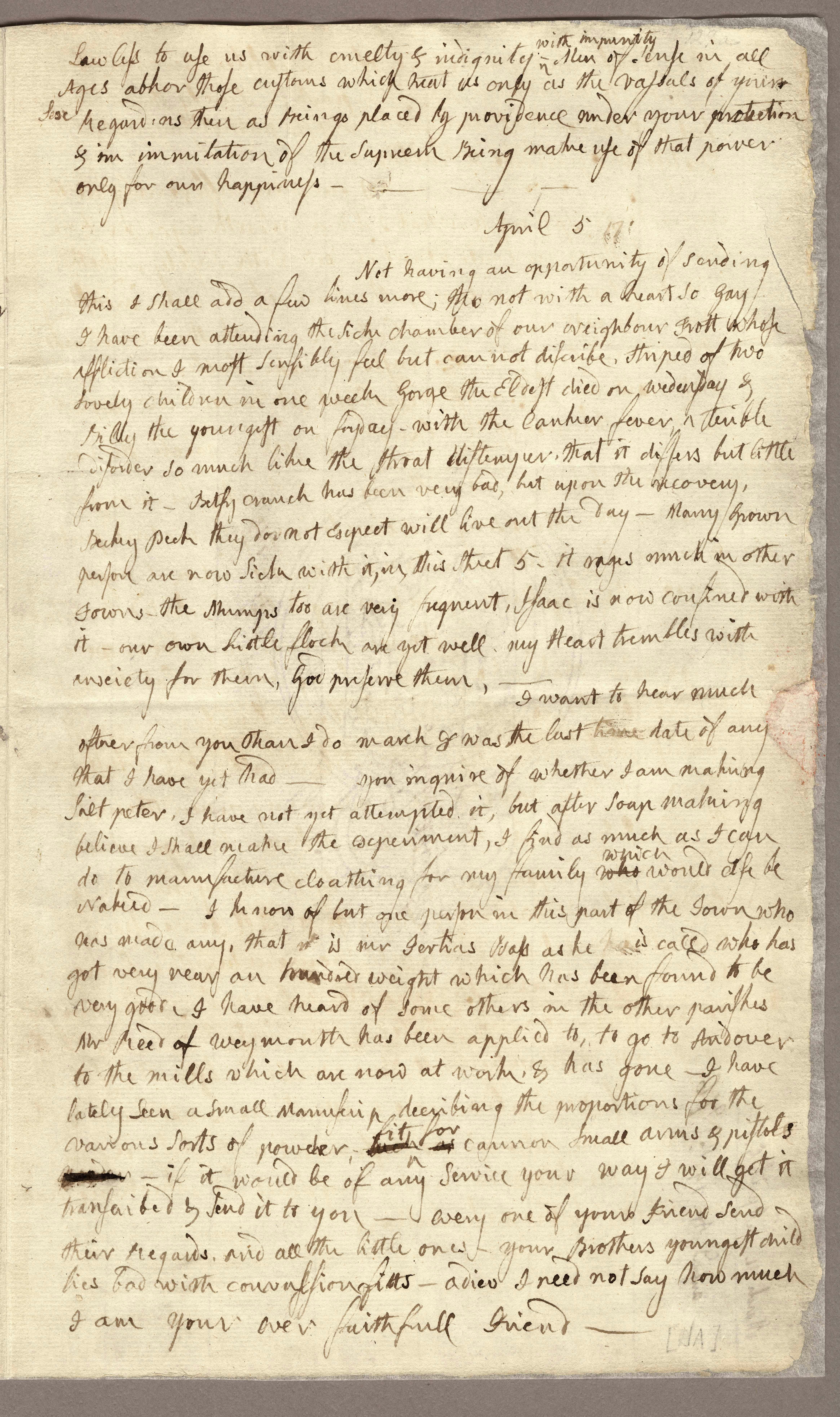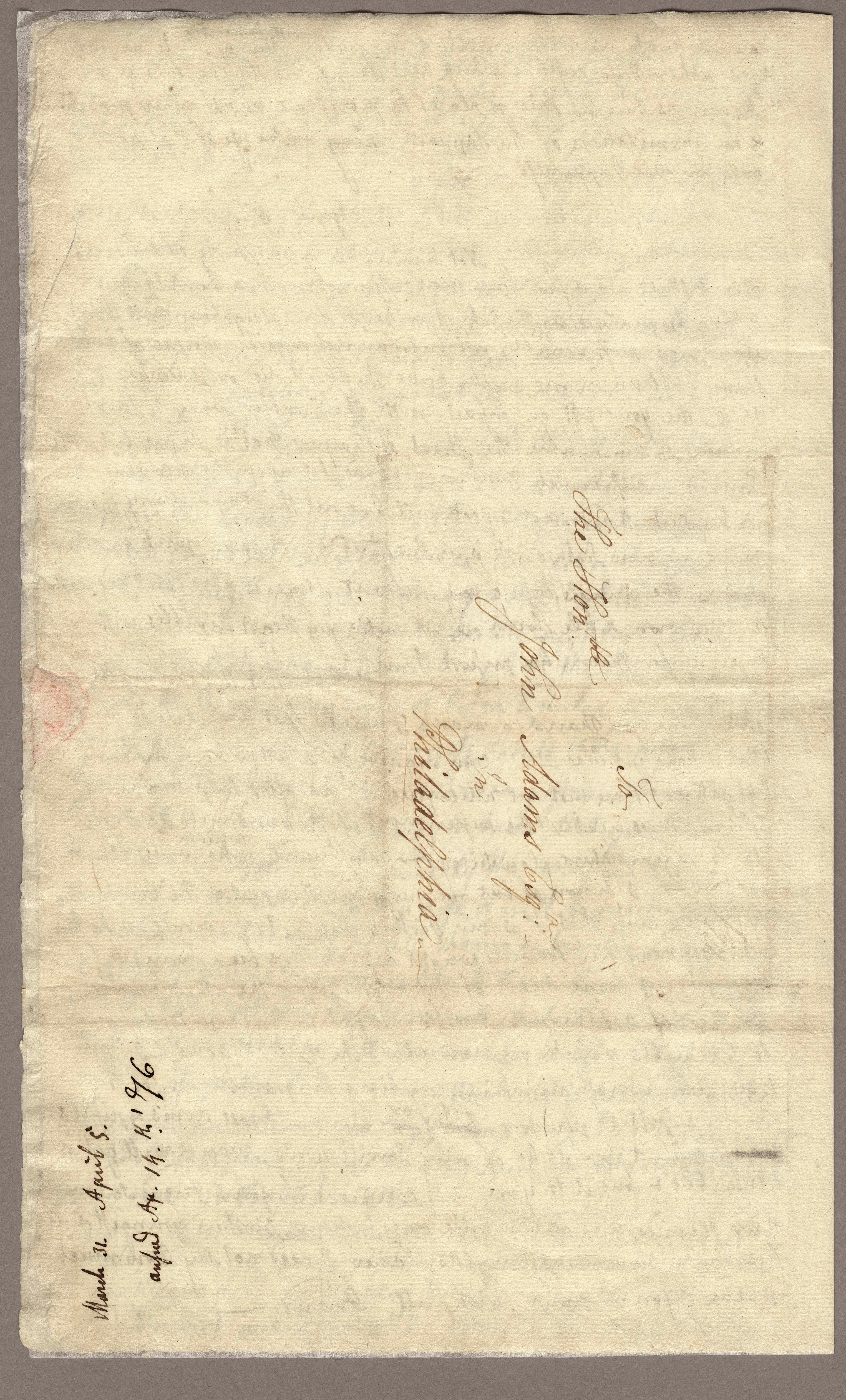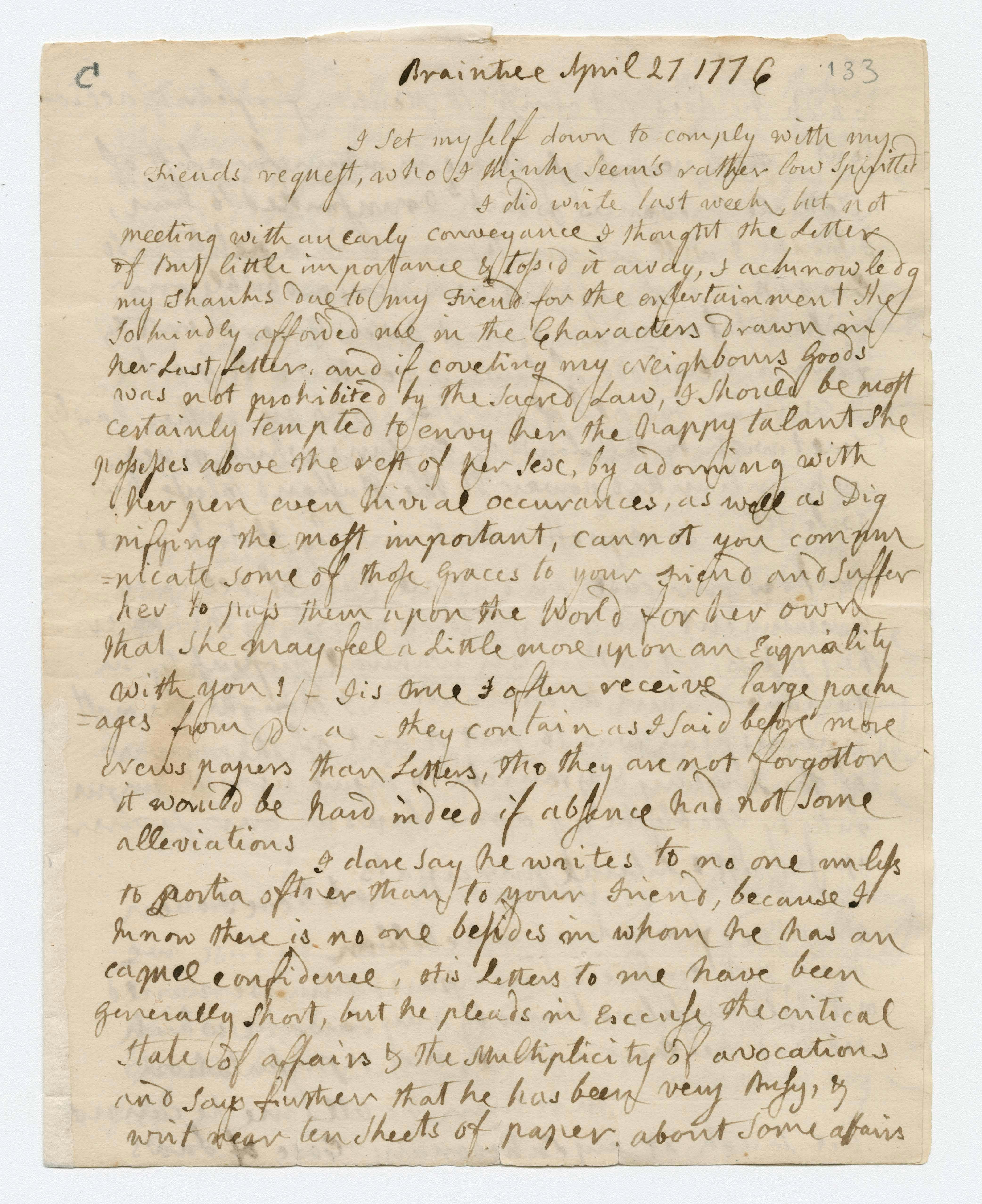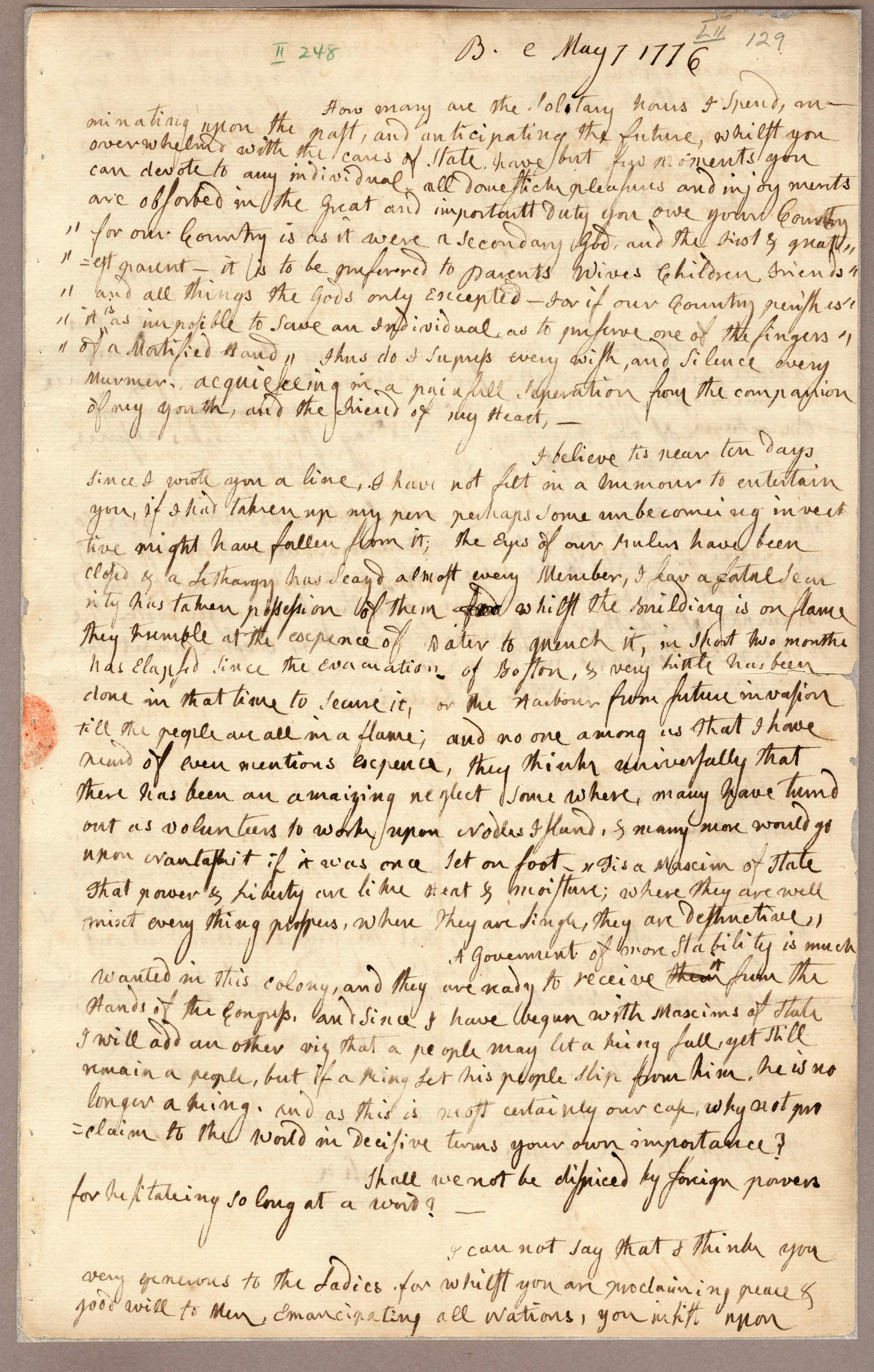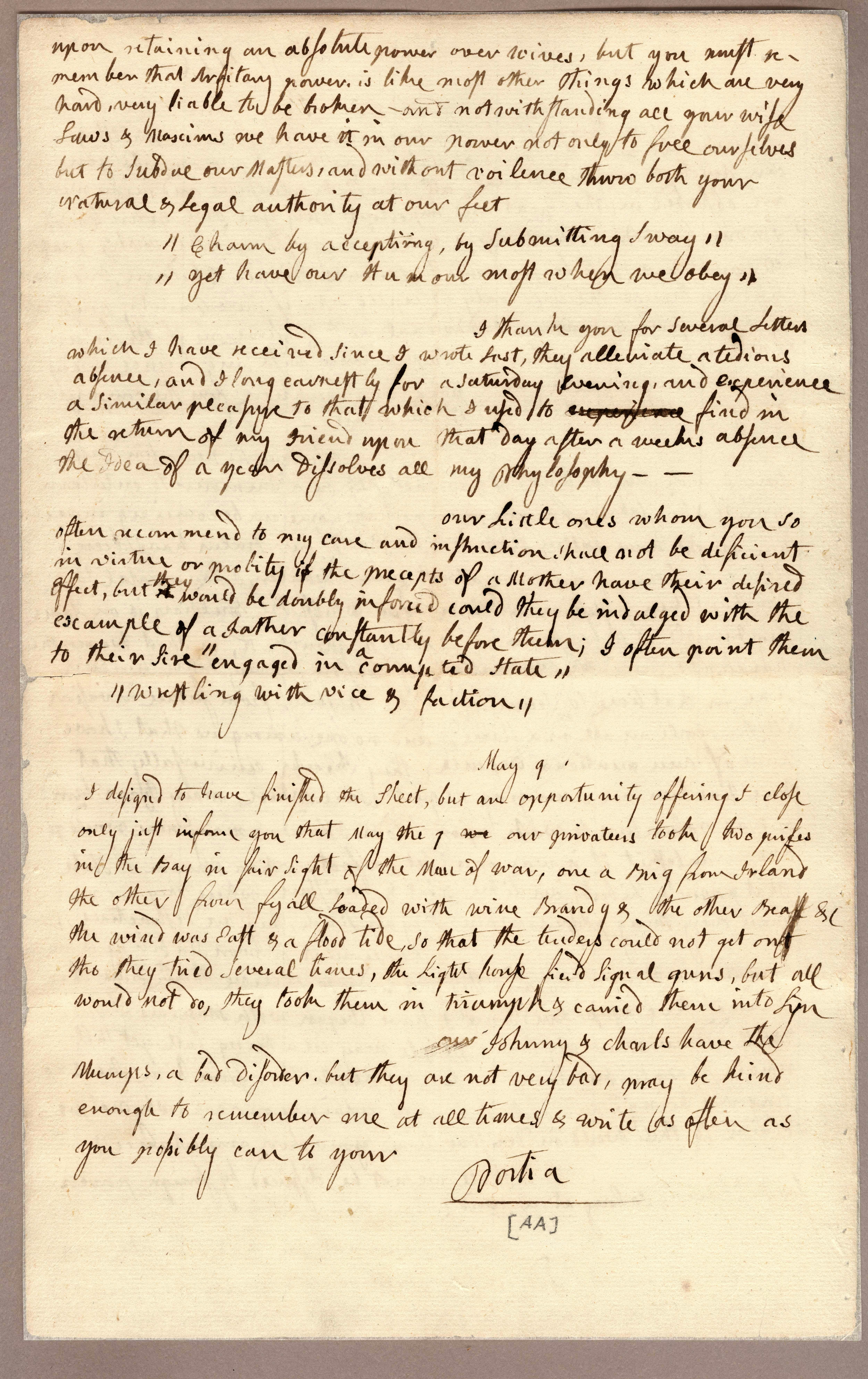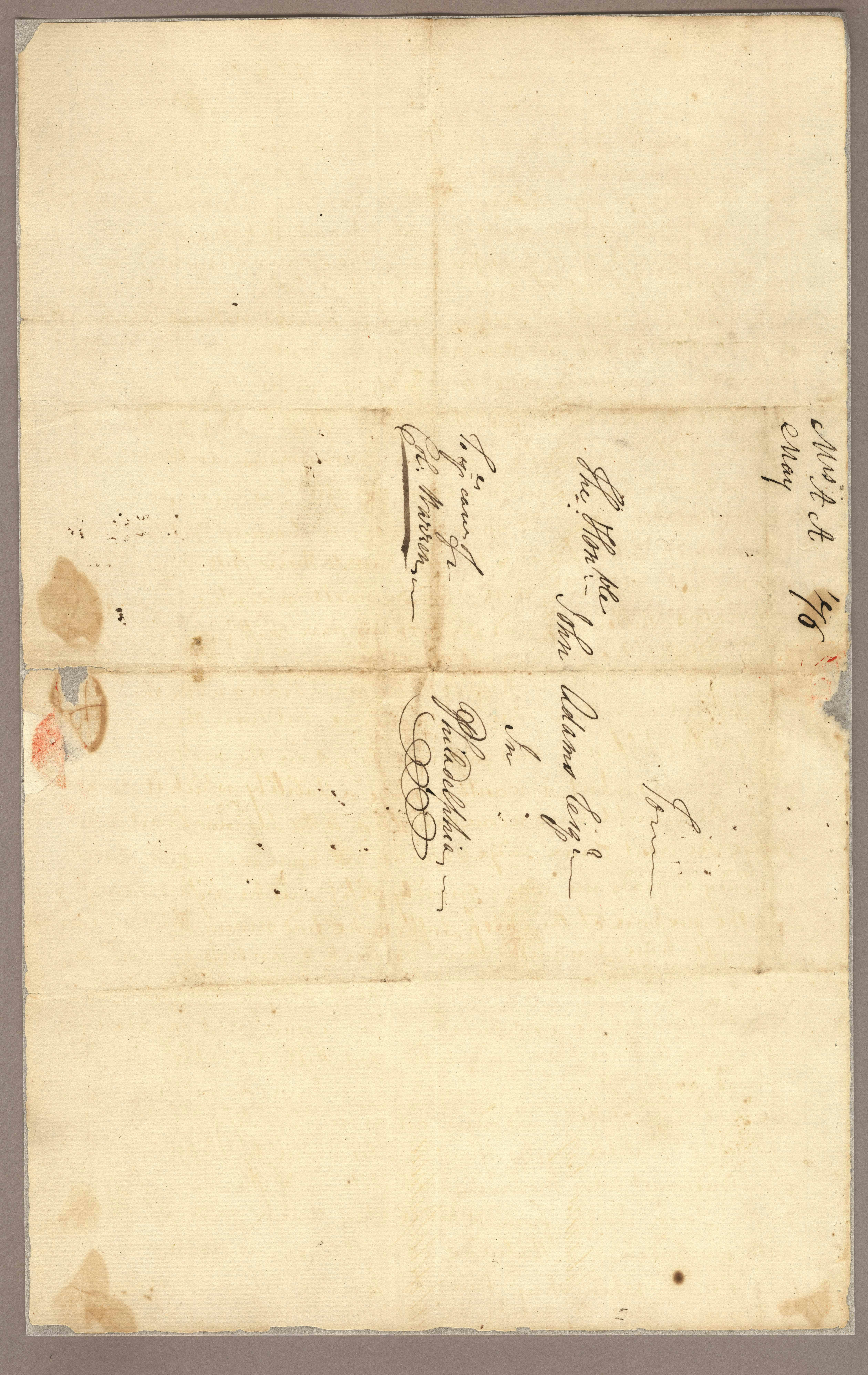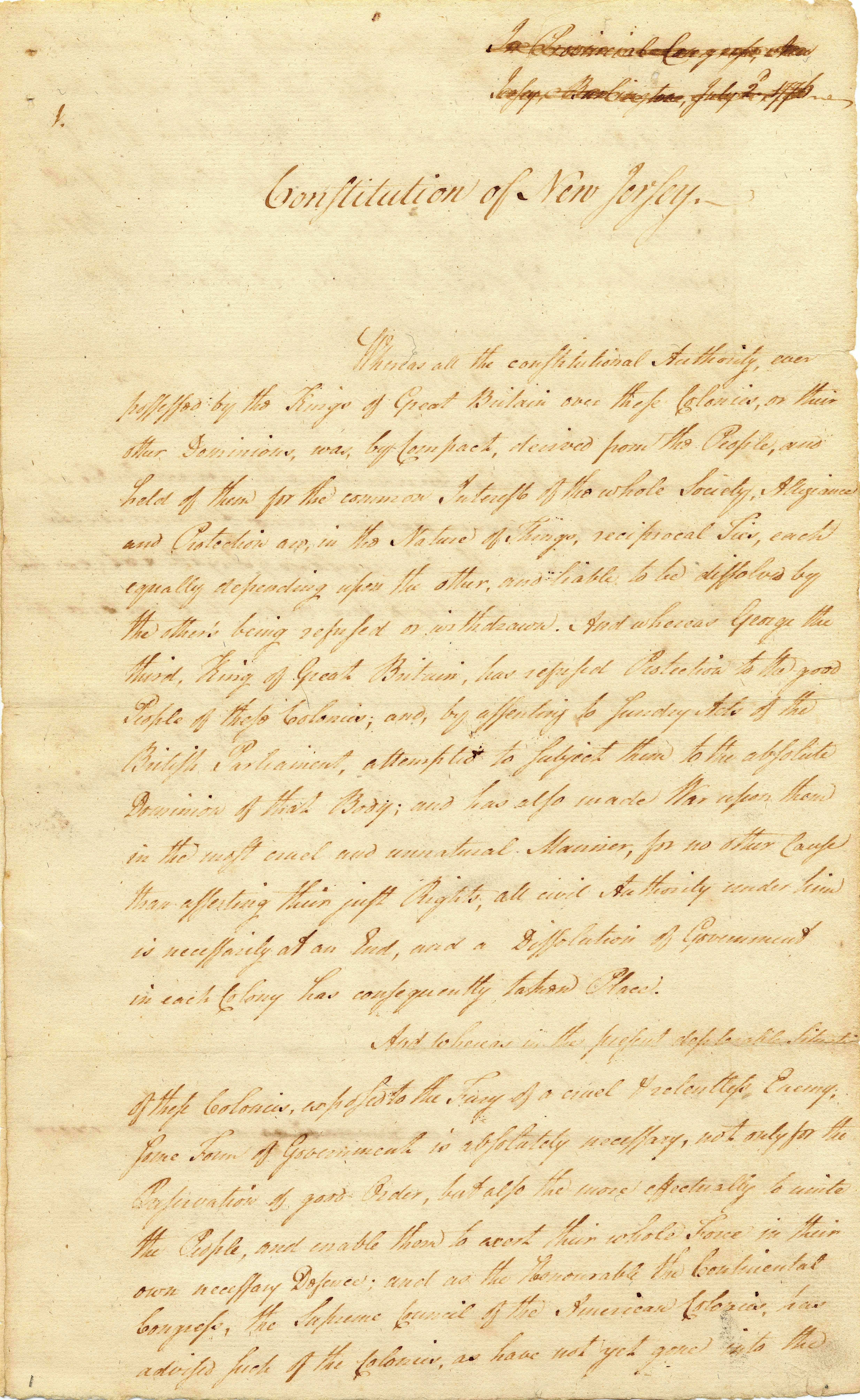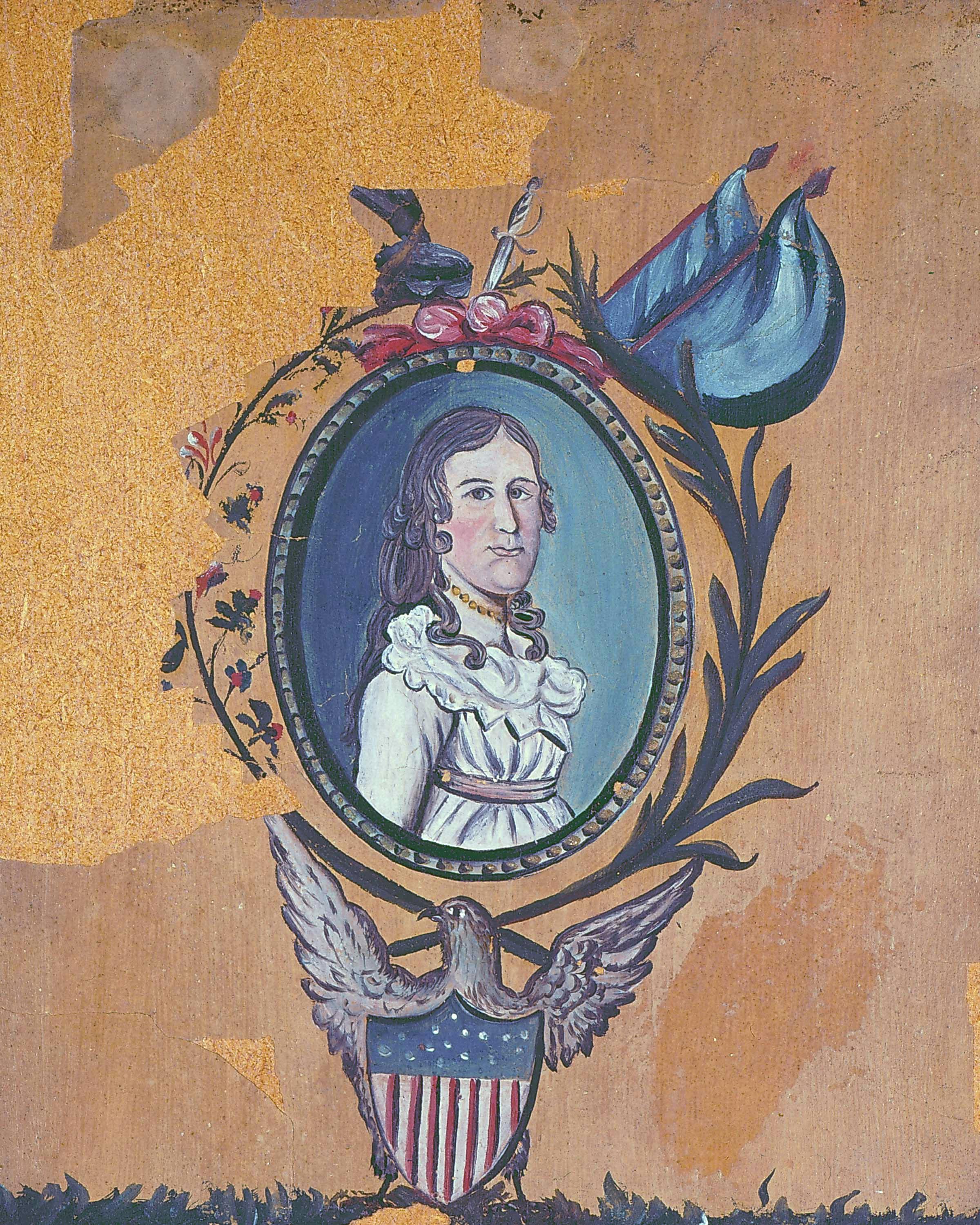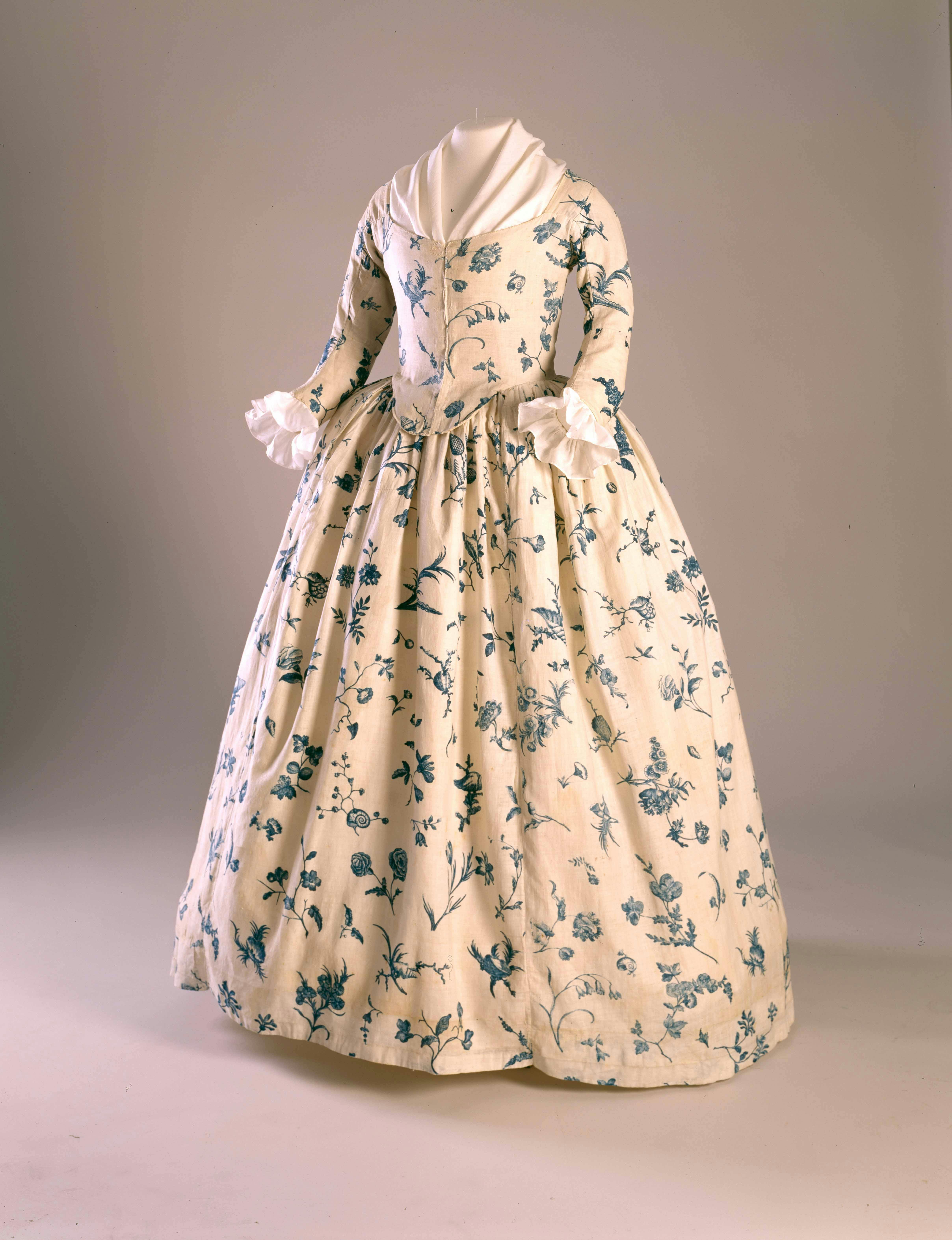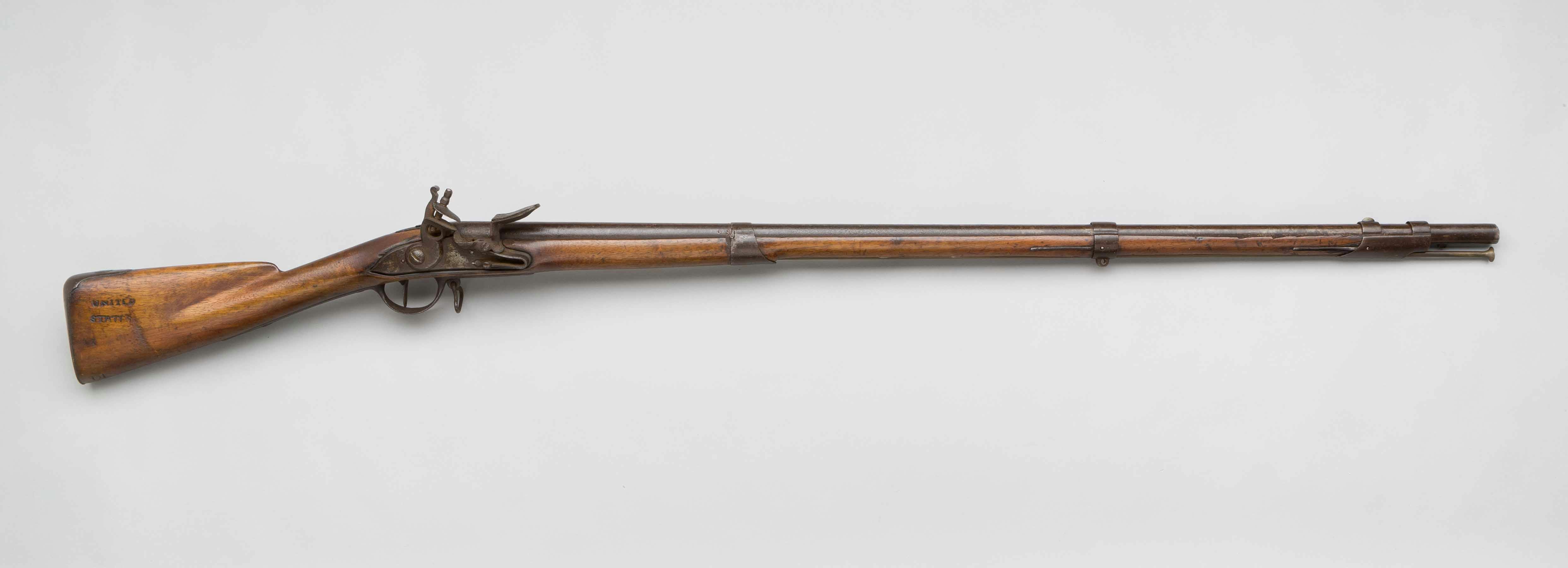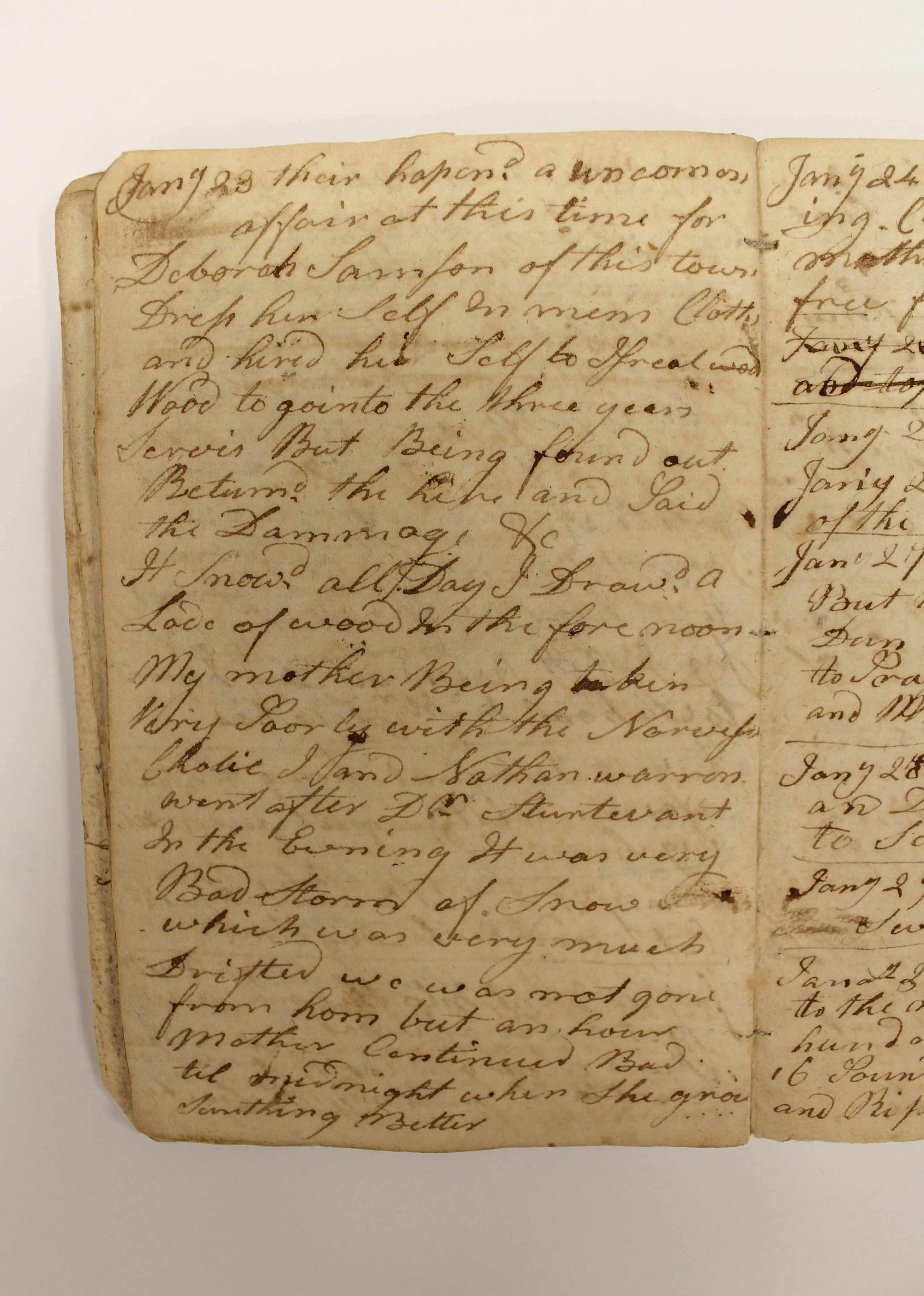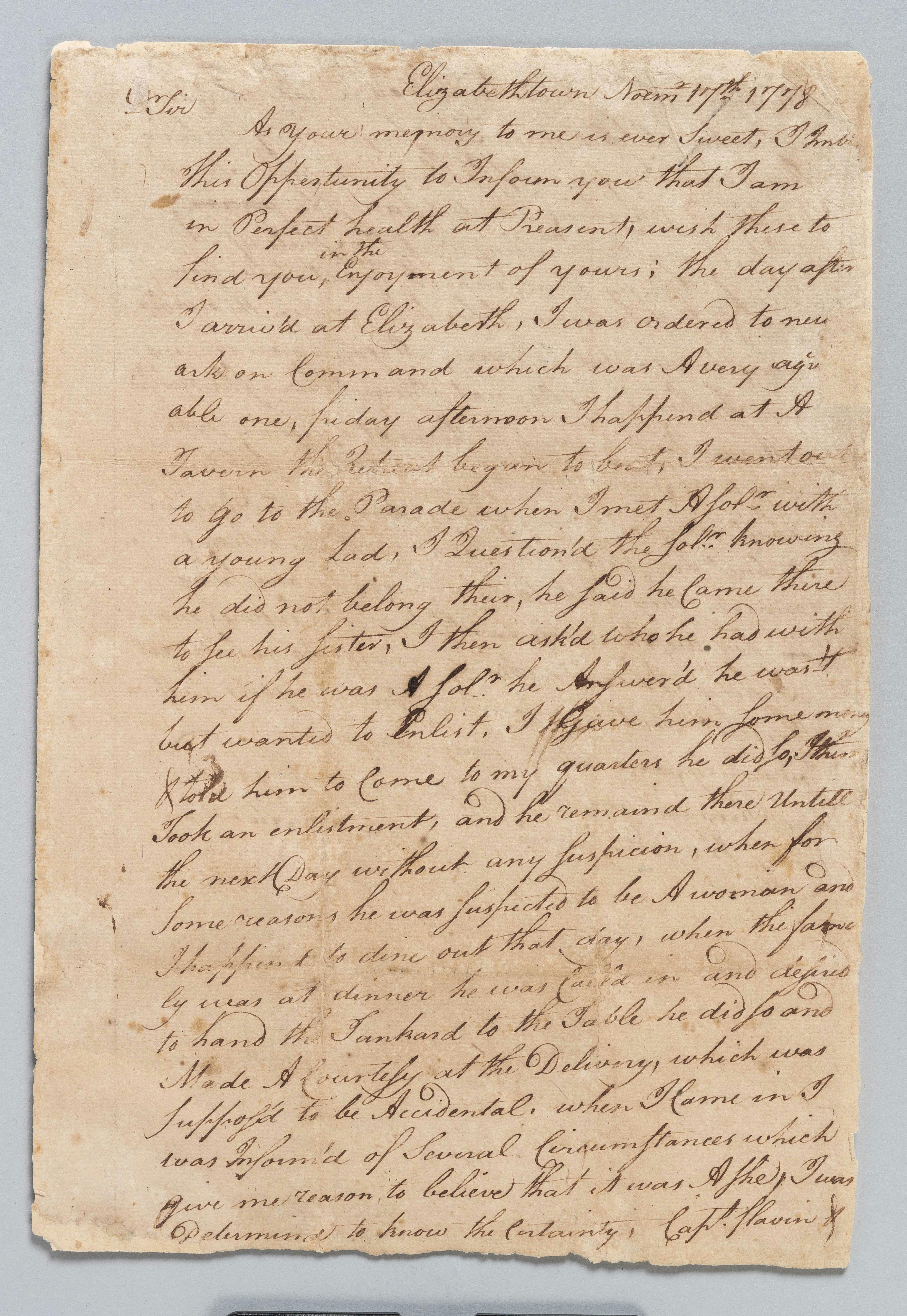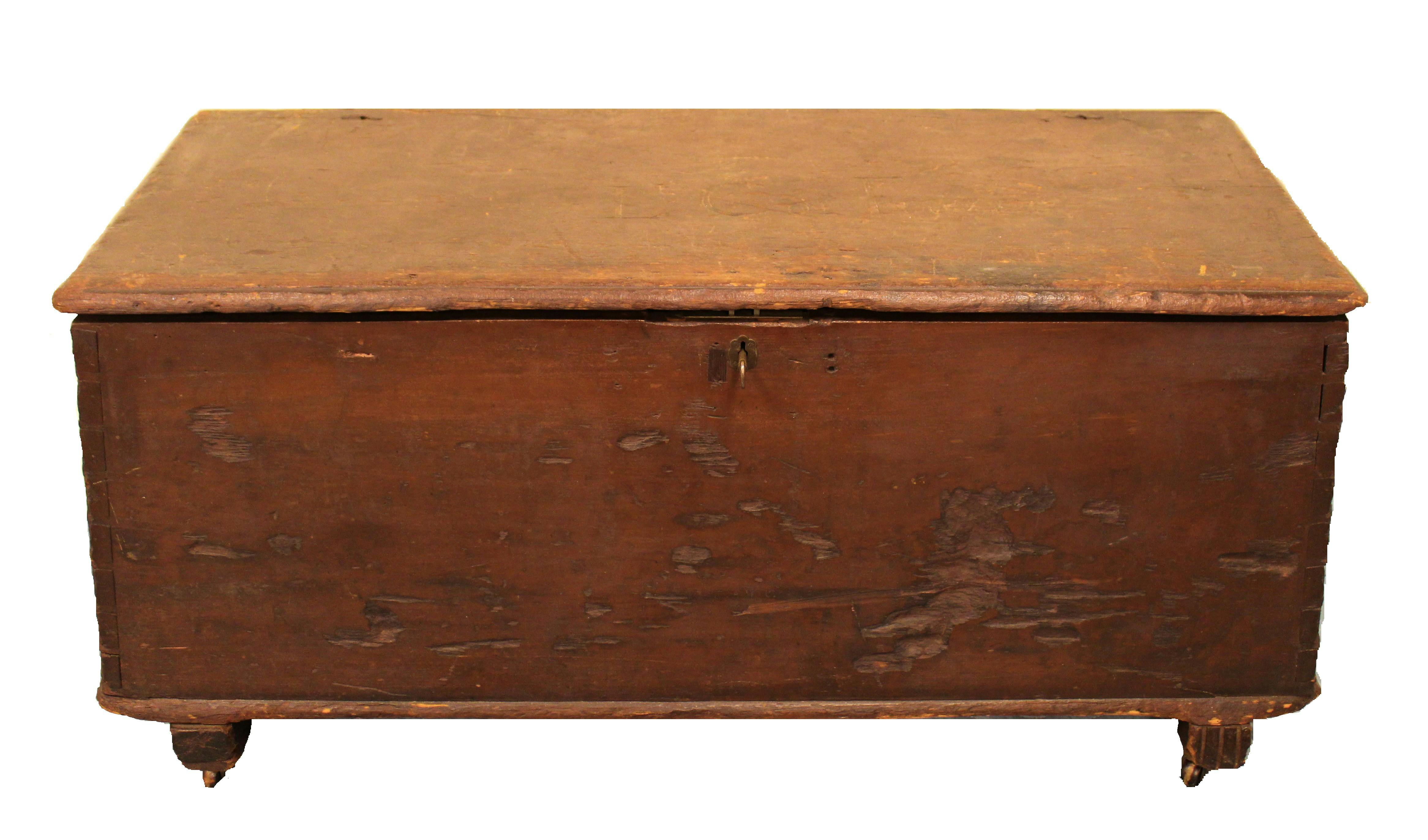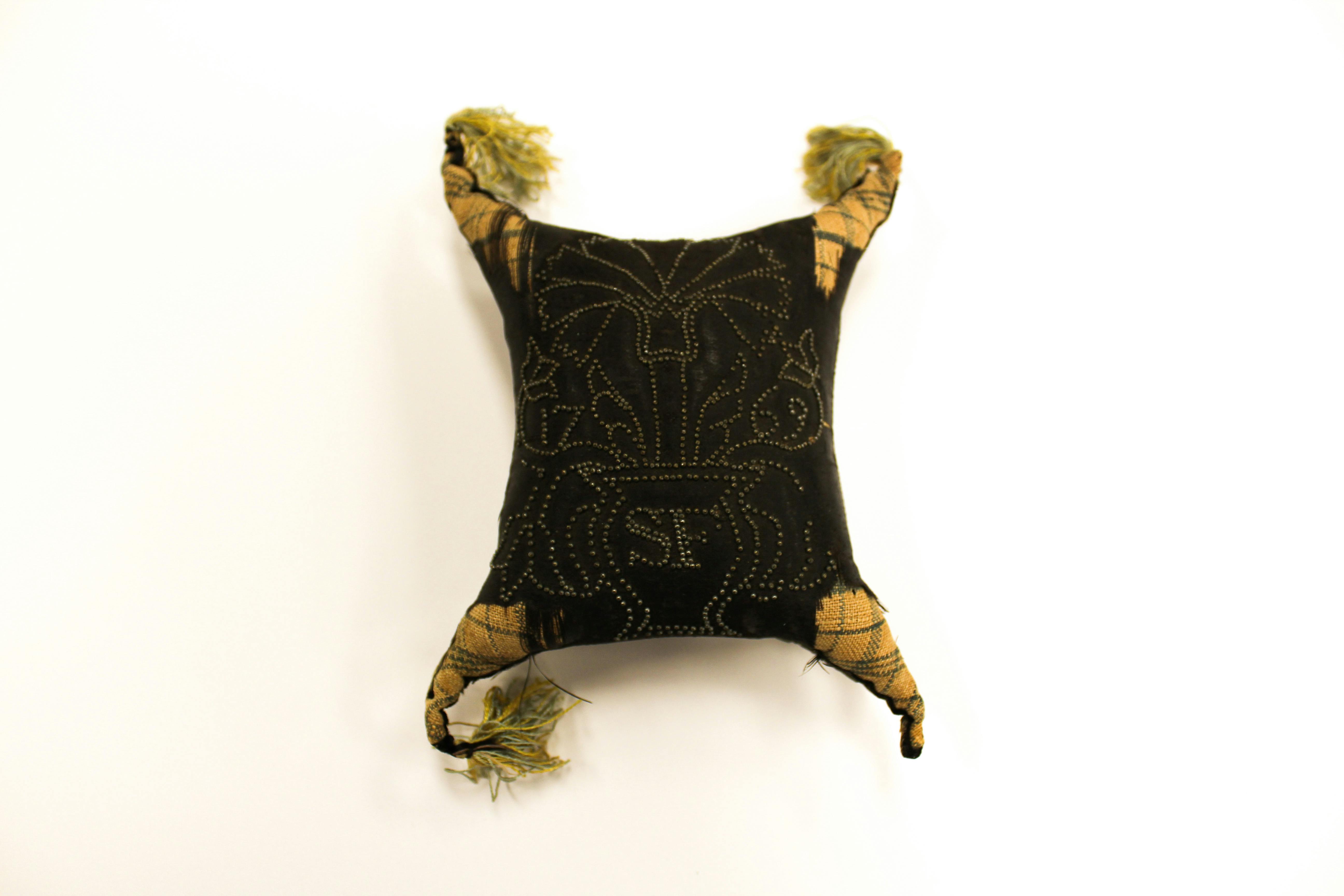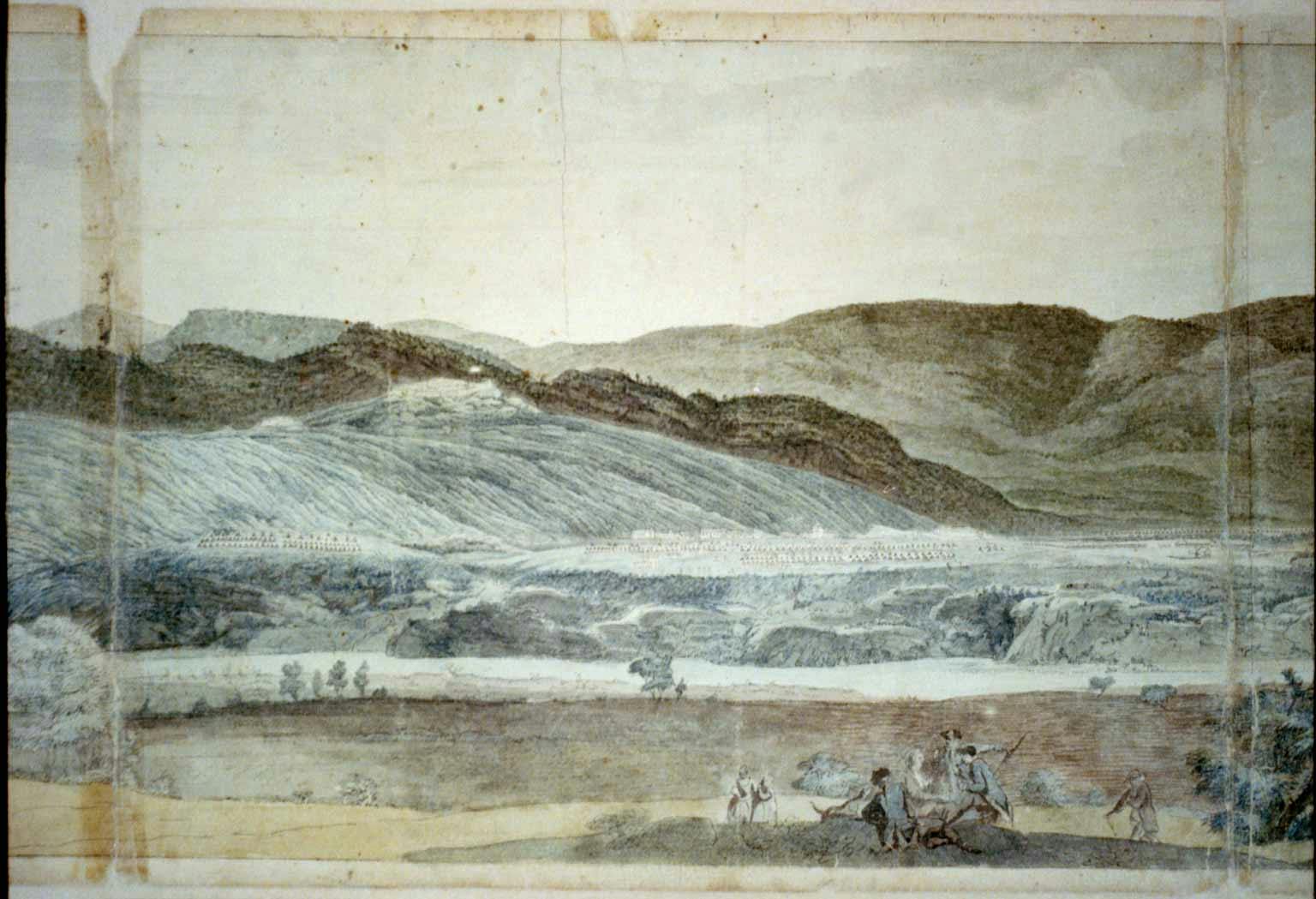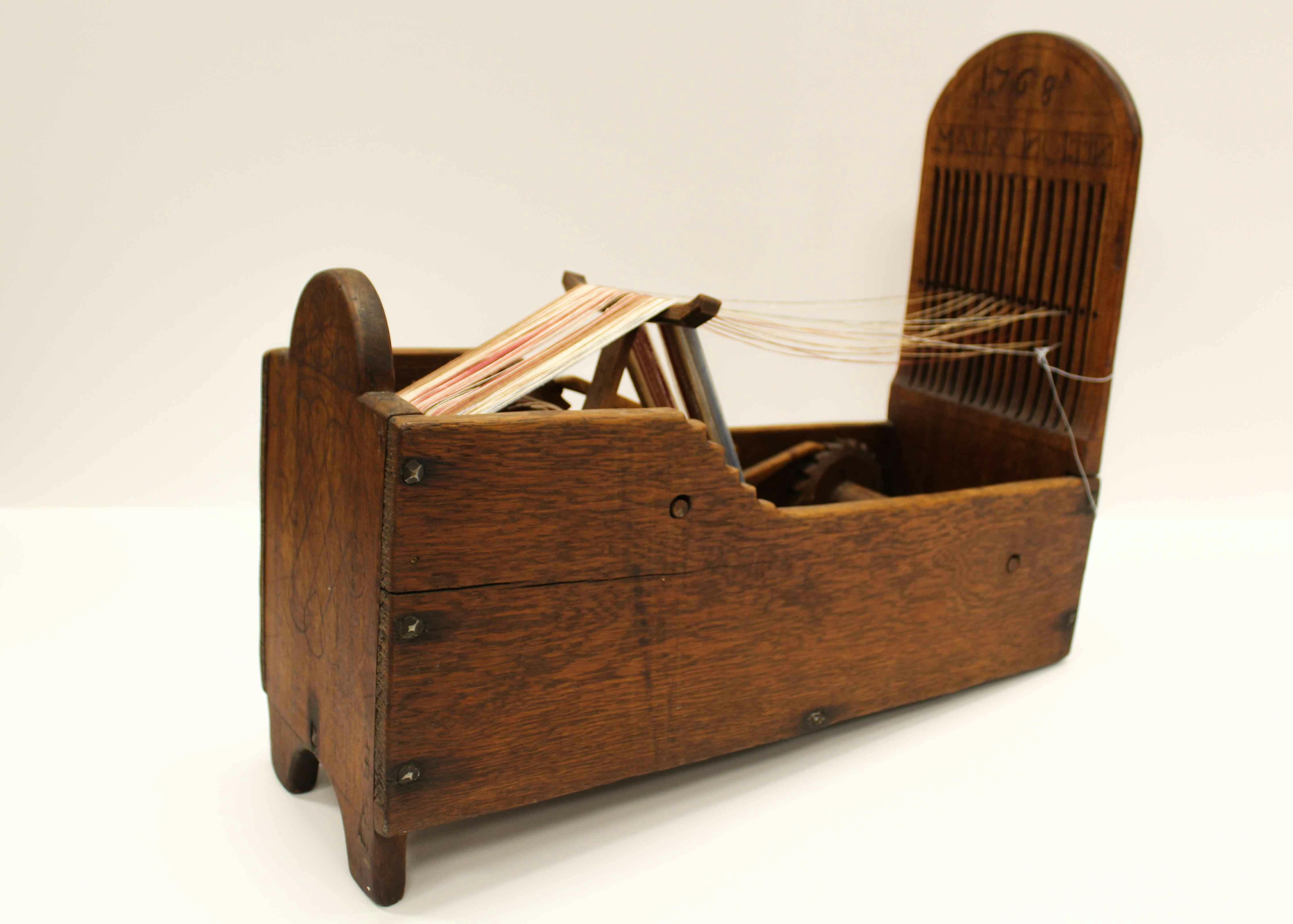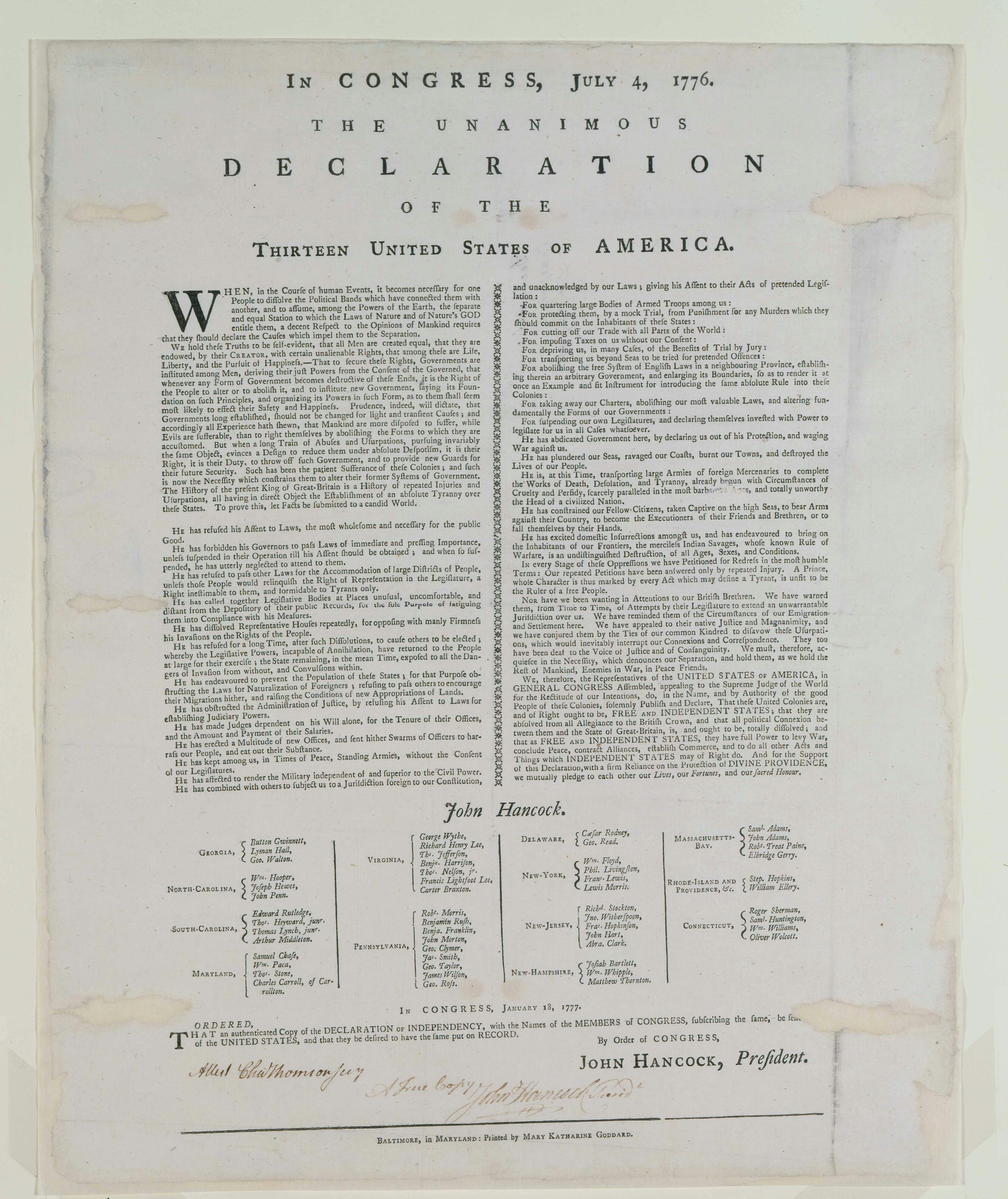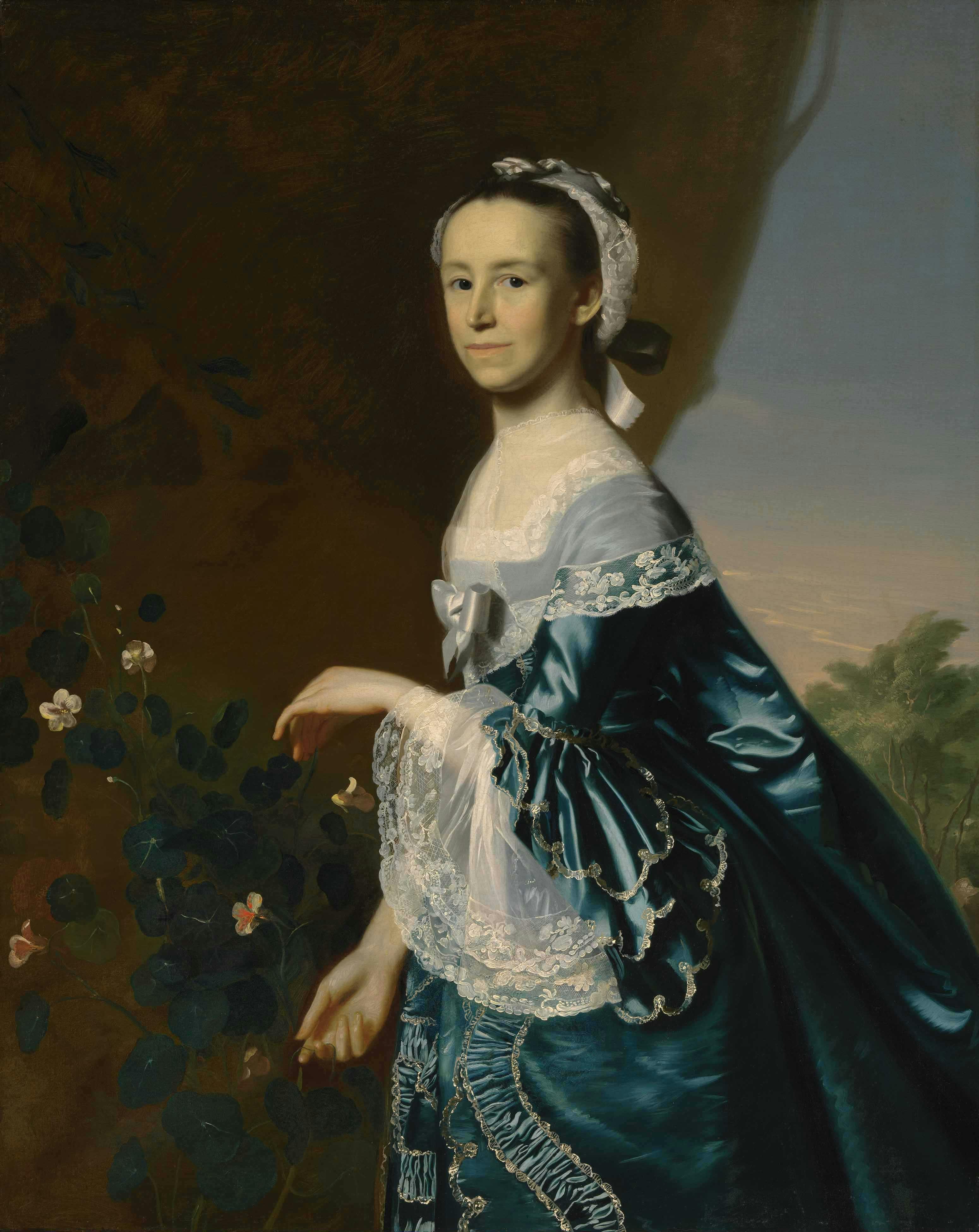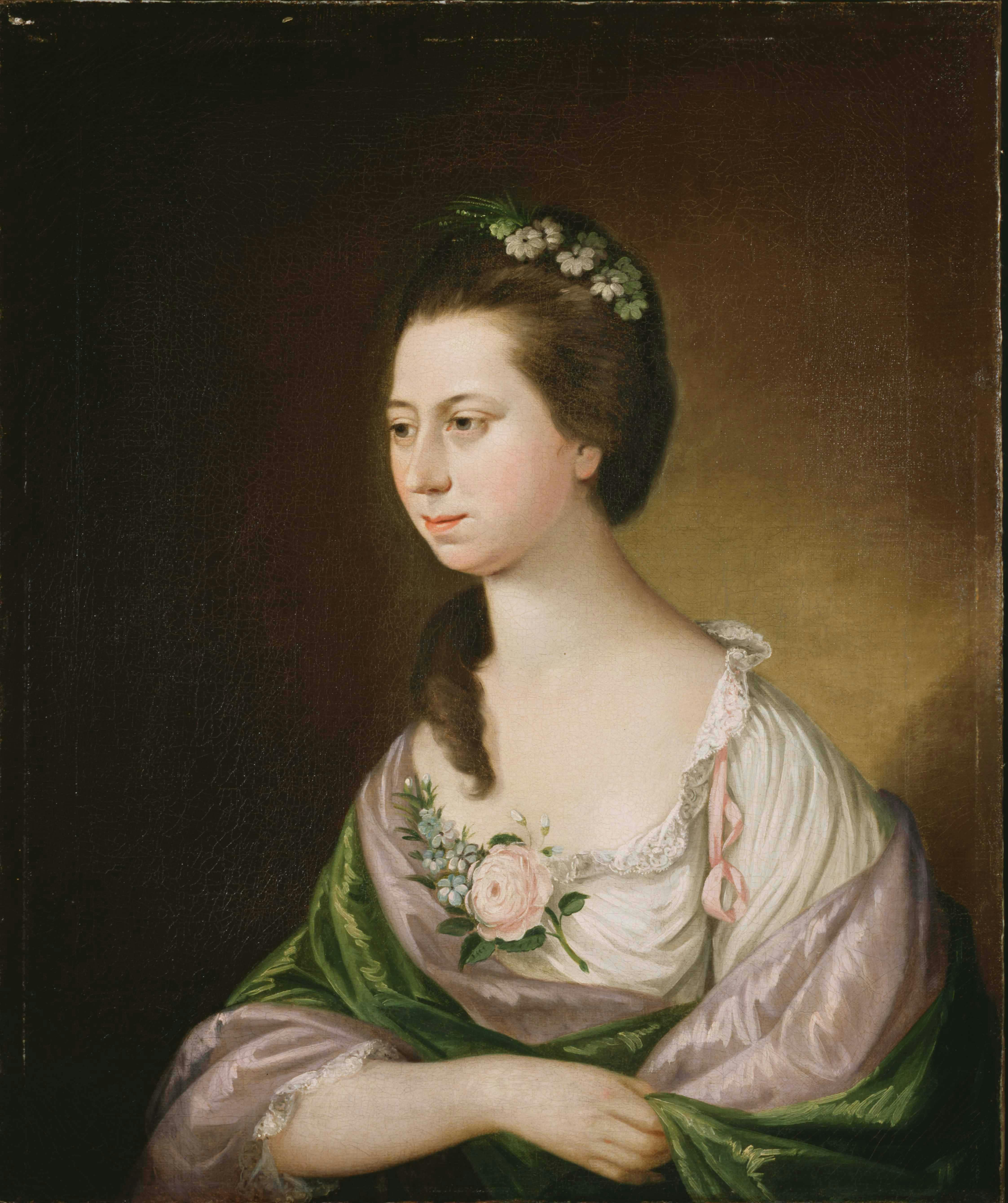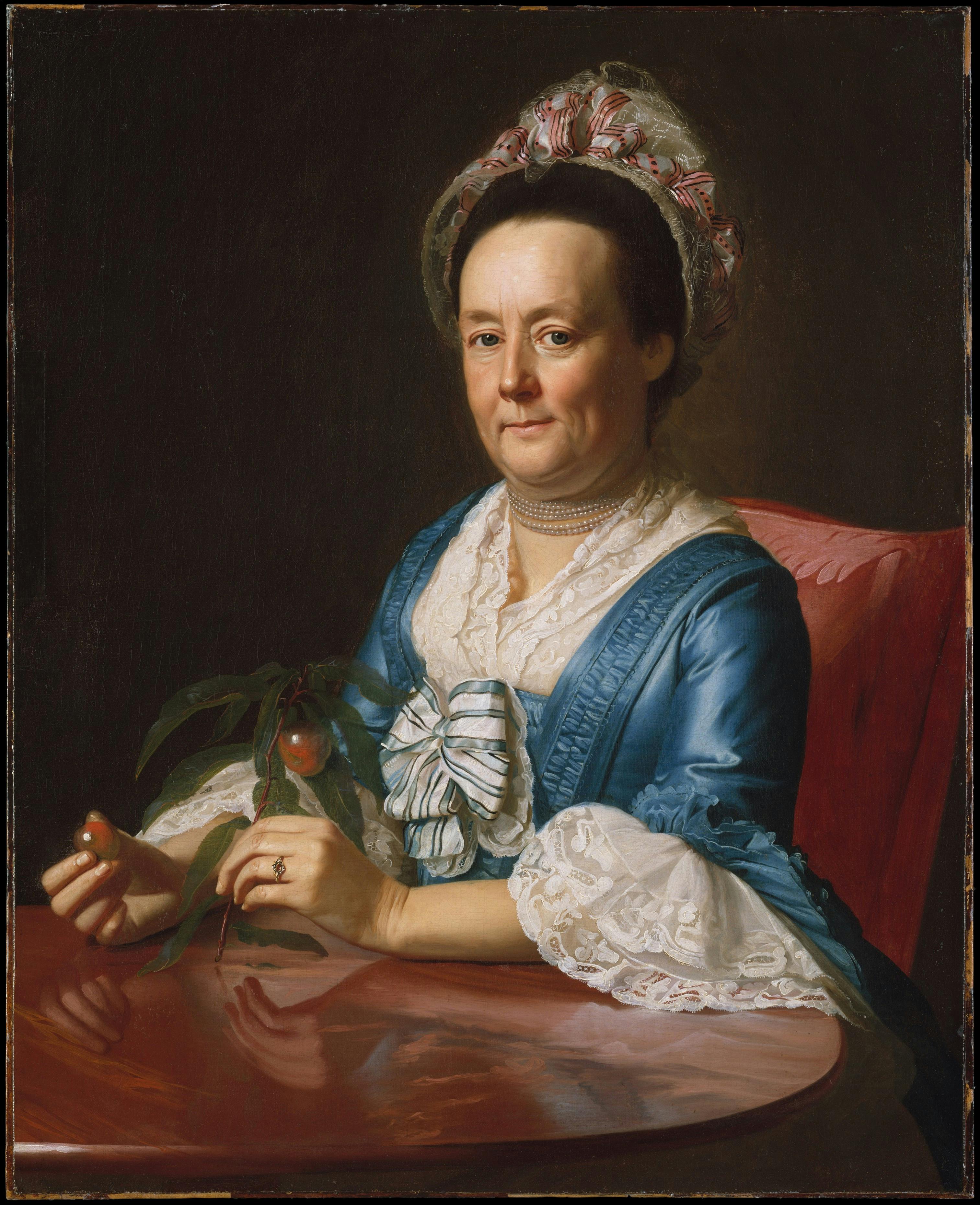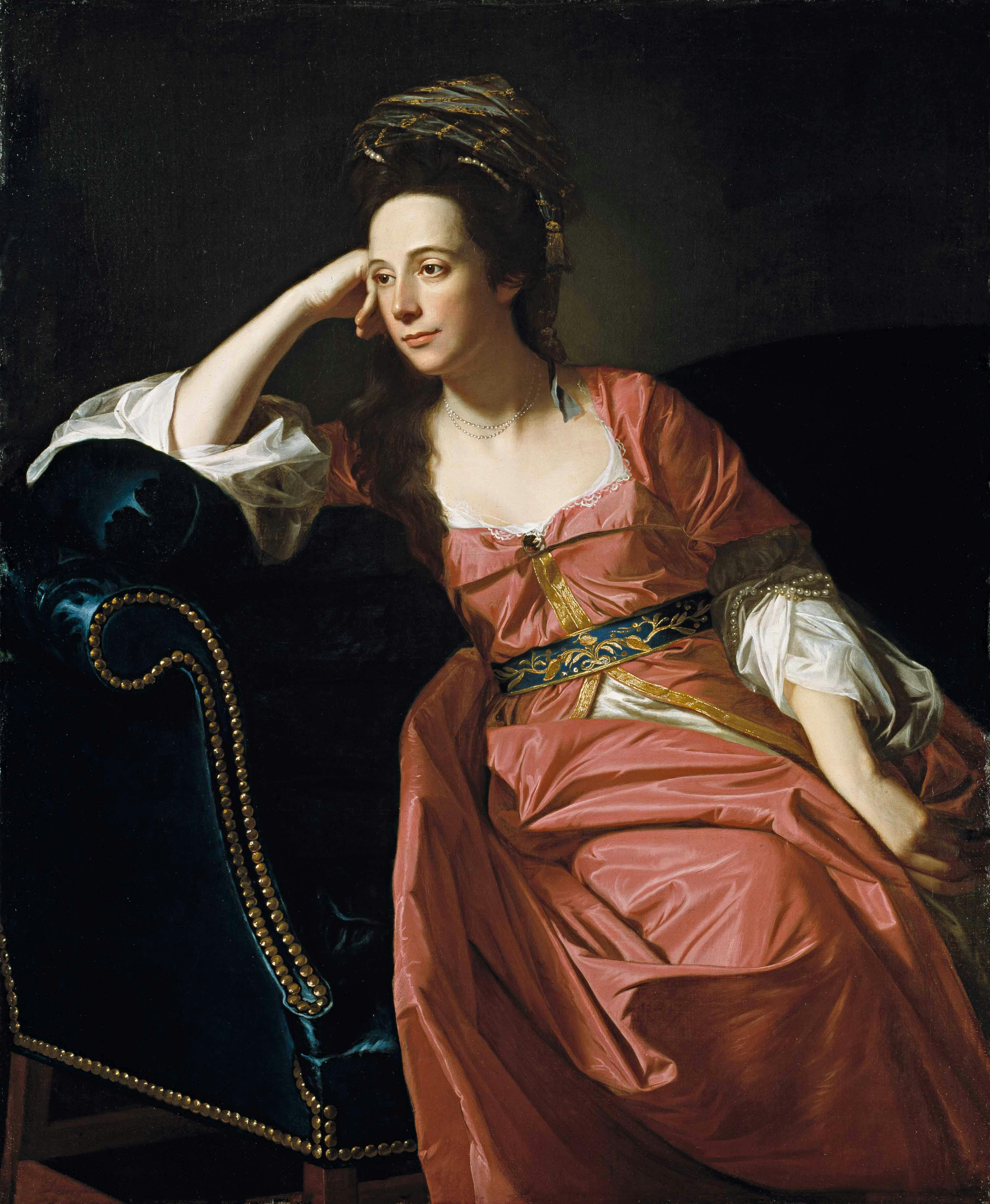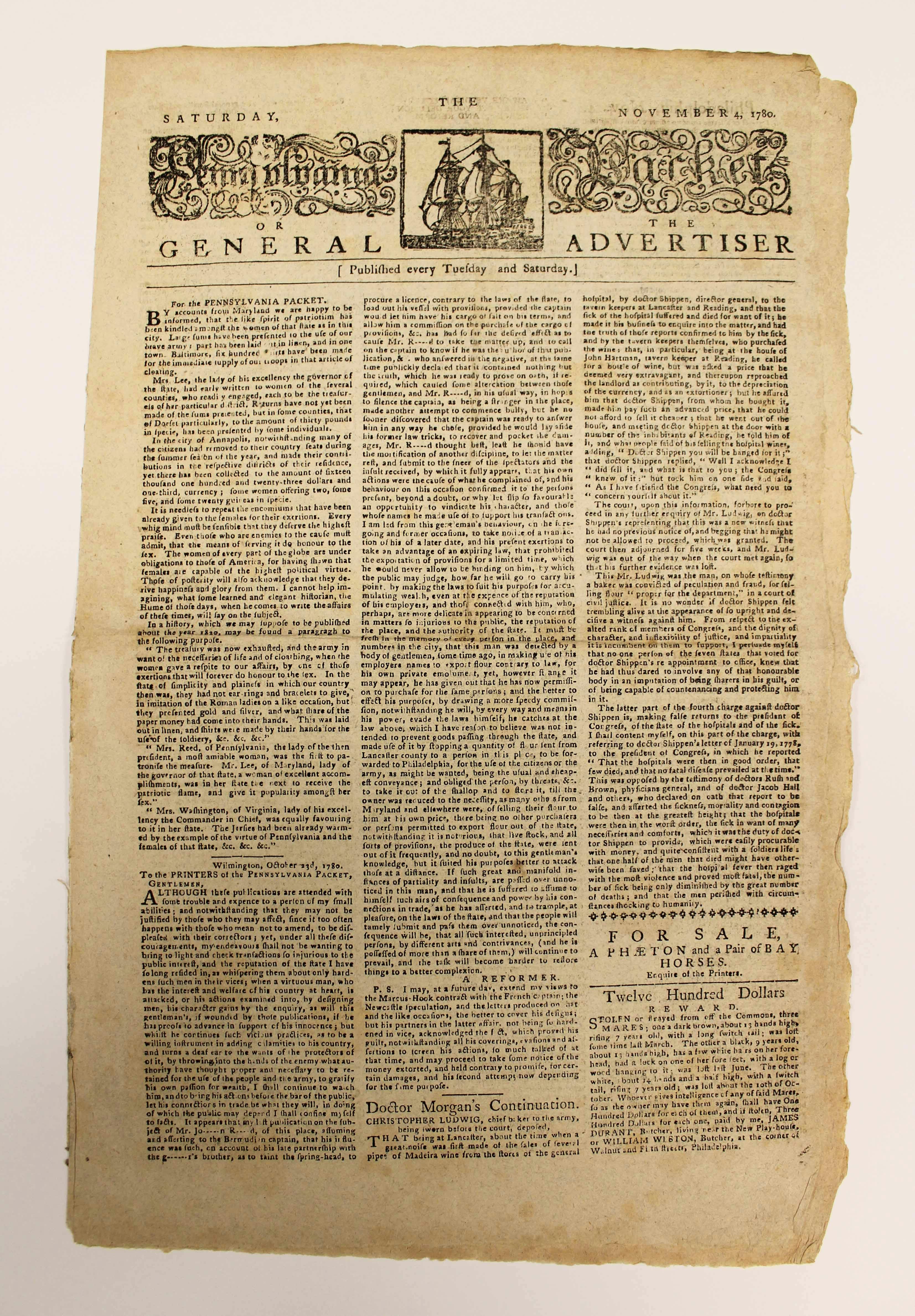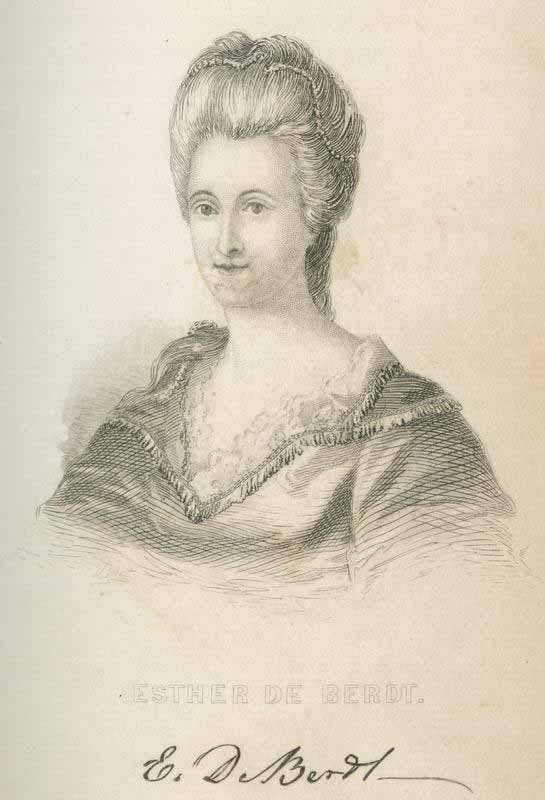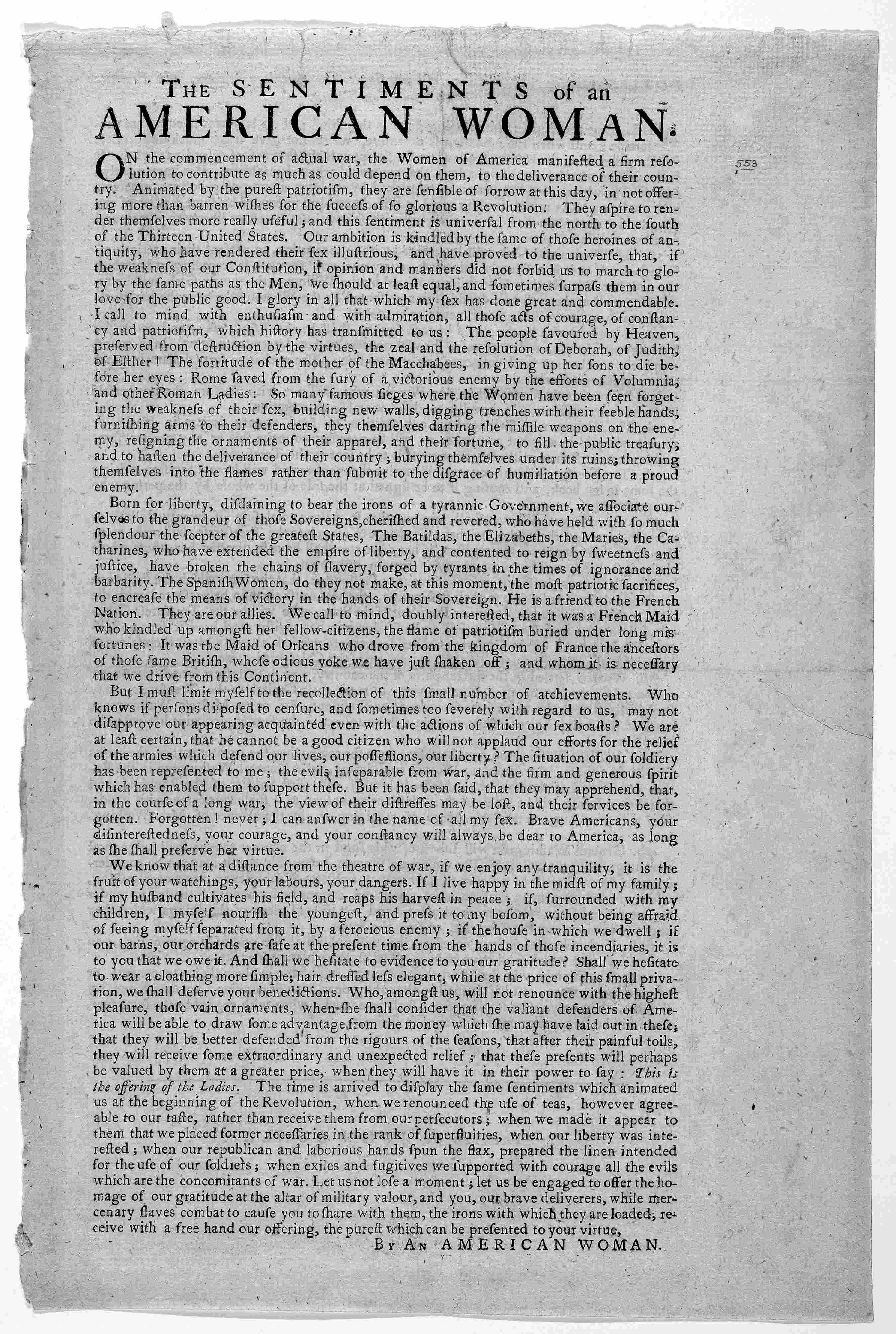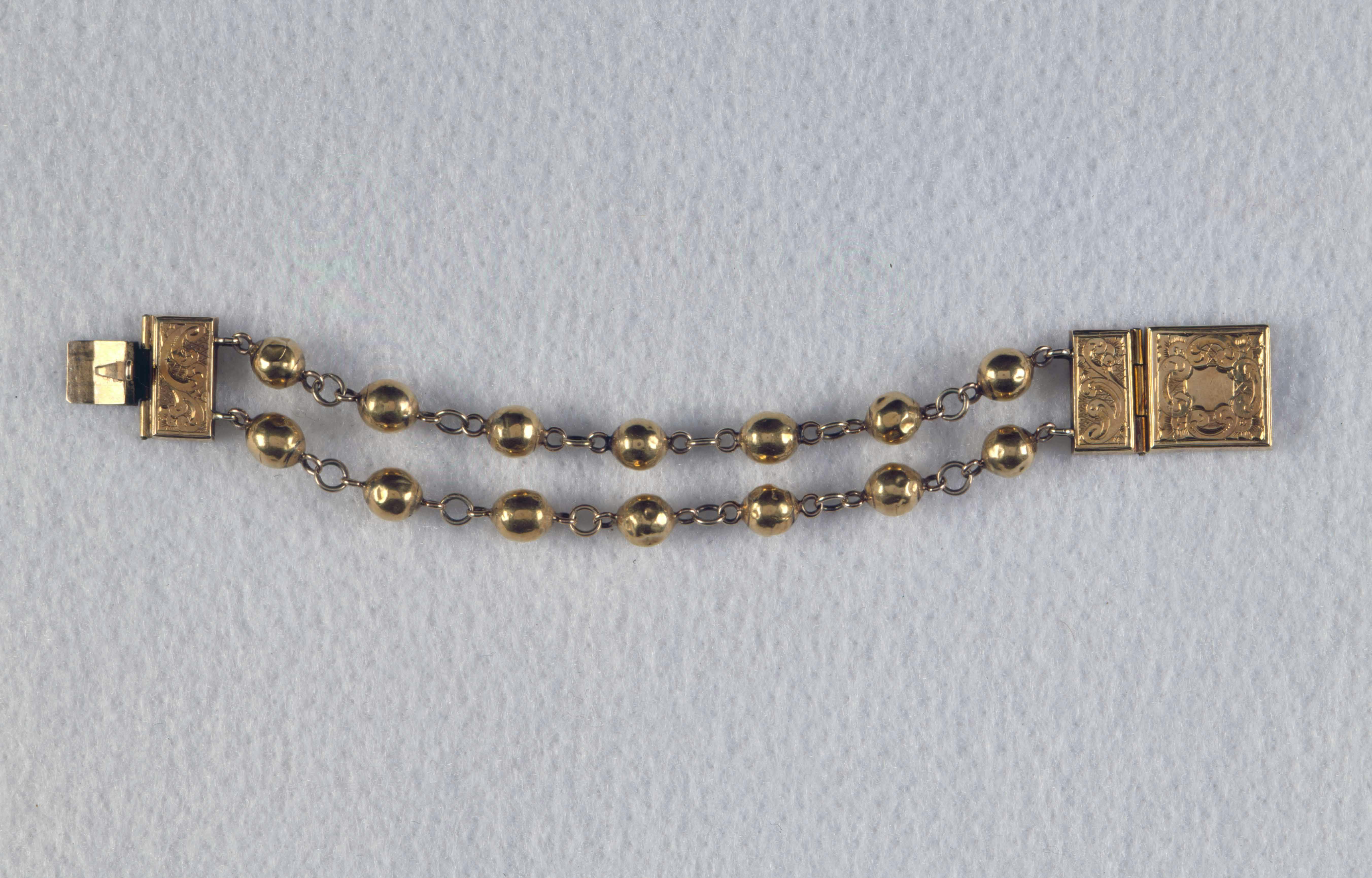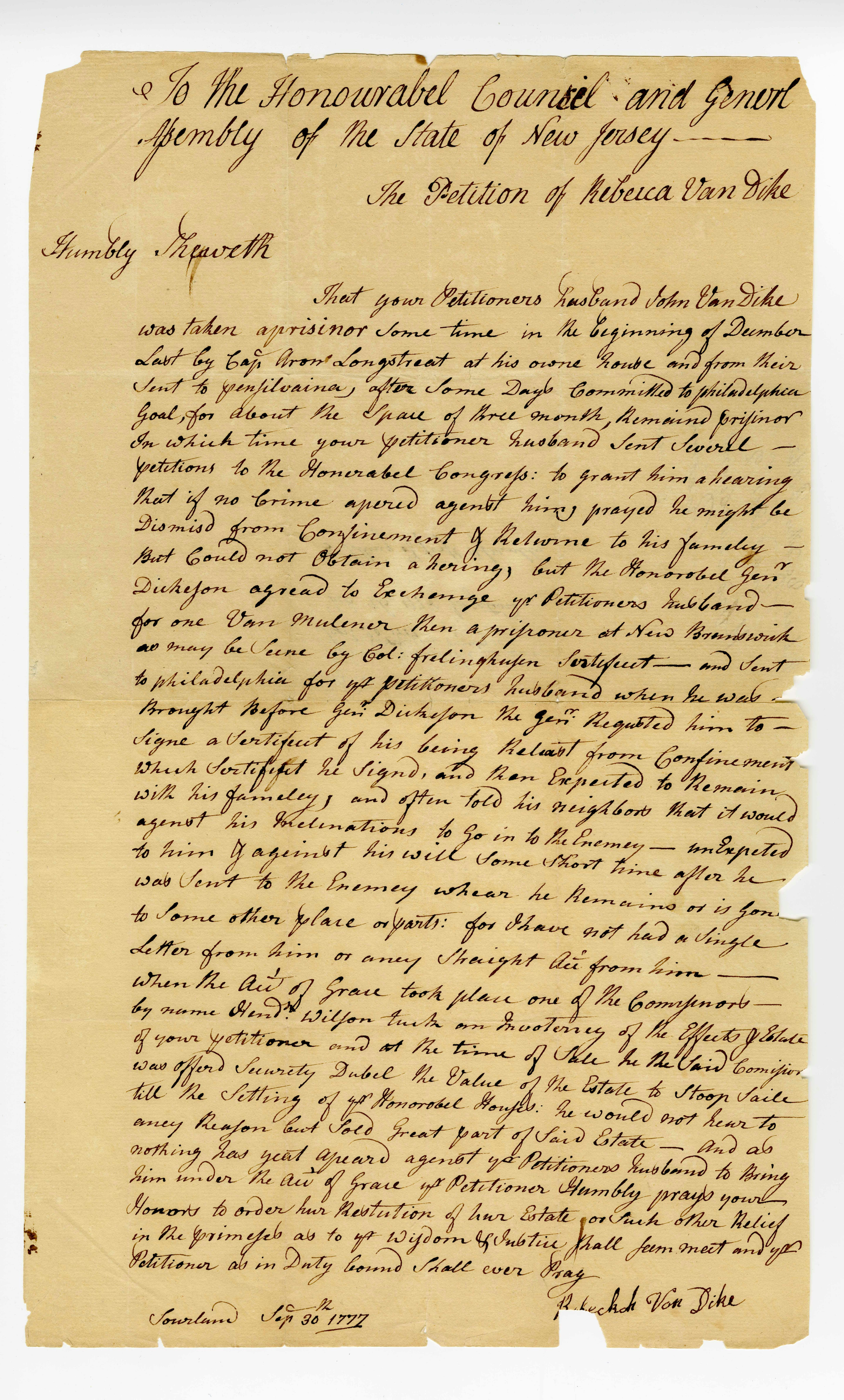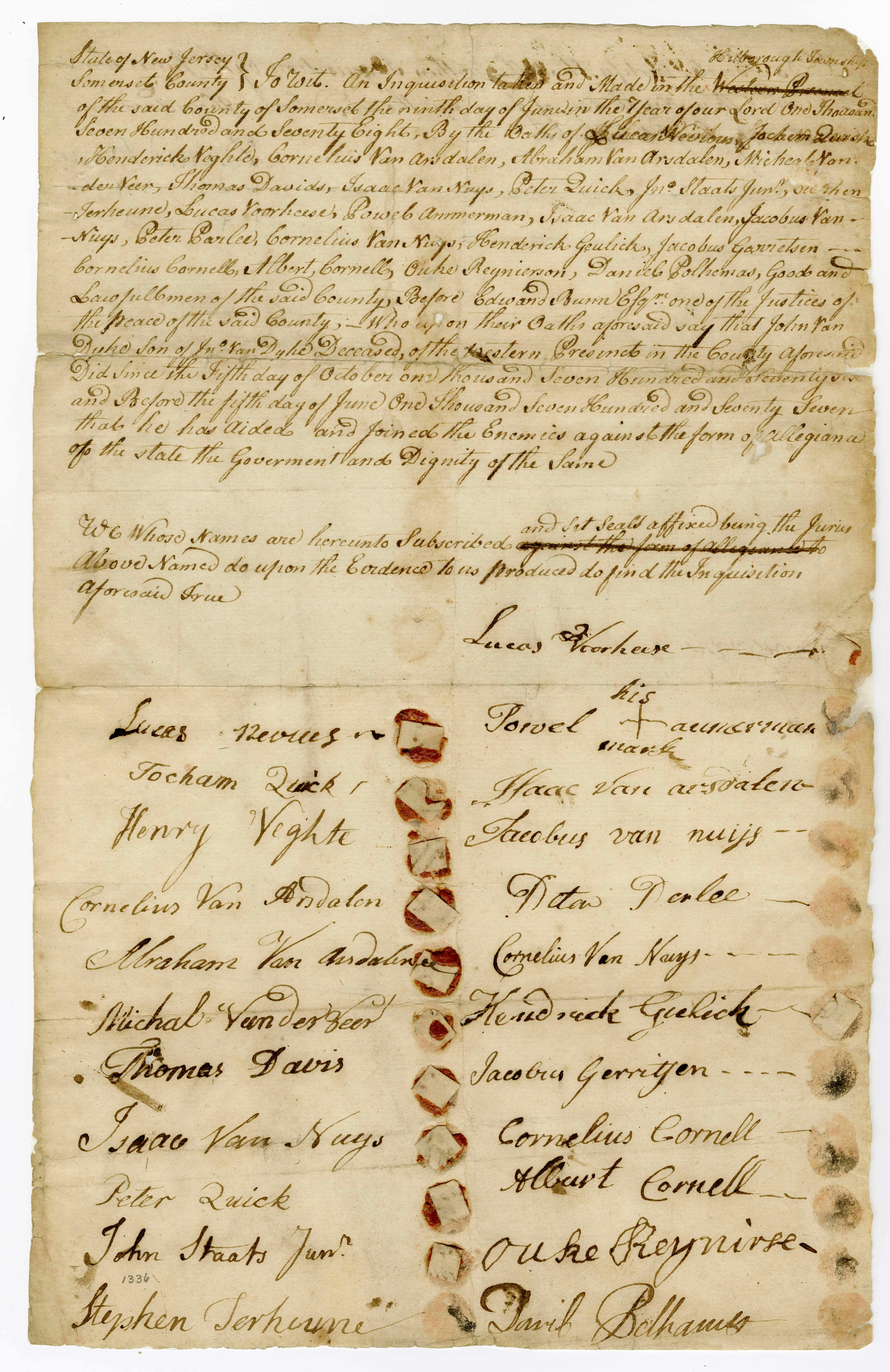How Did Women Gain the Vote?
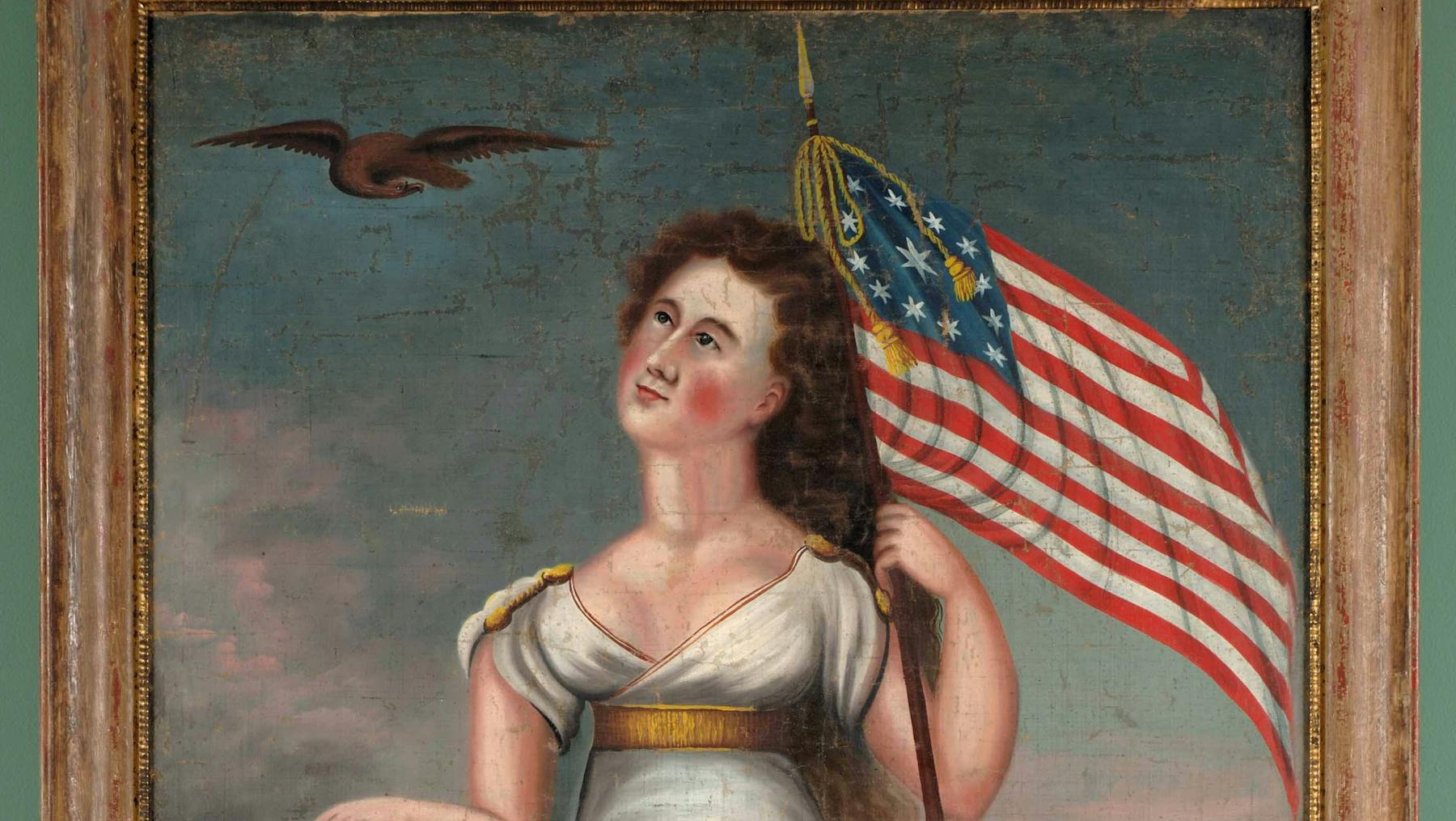
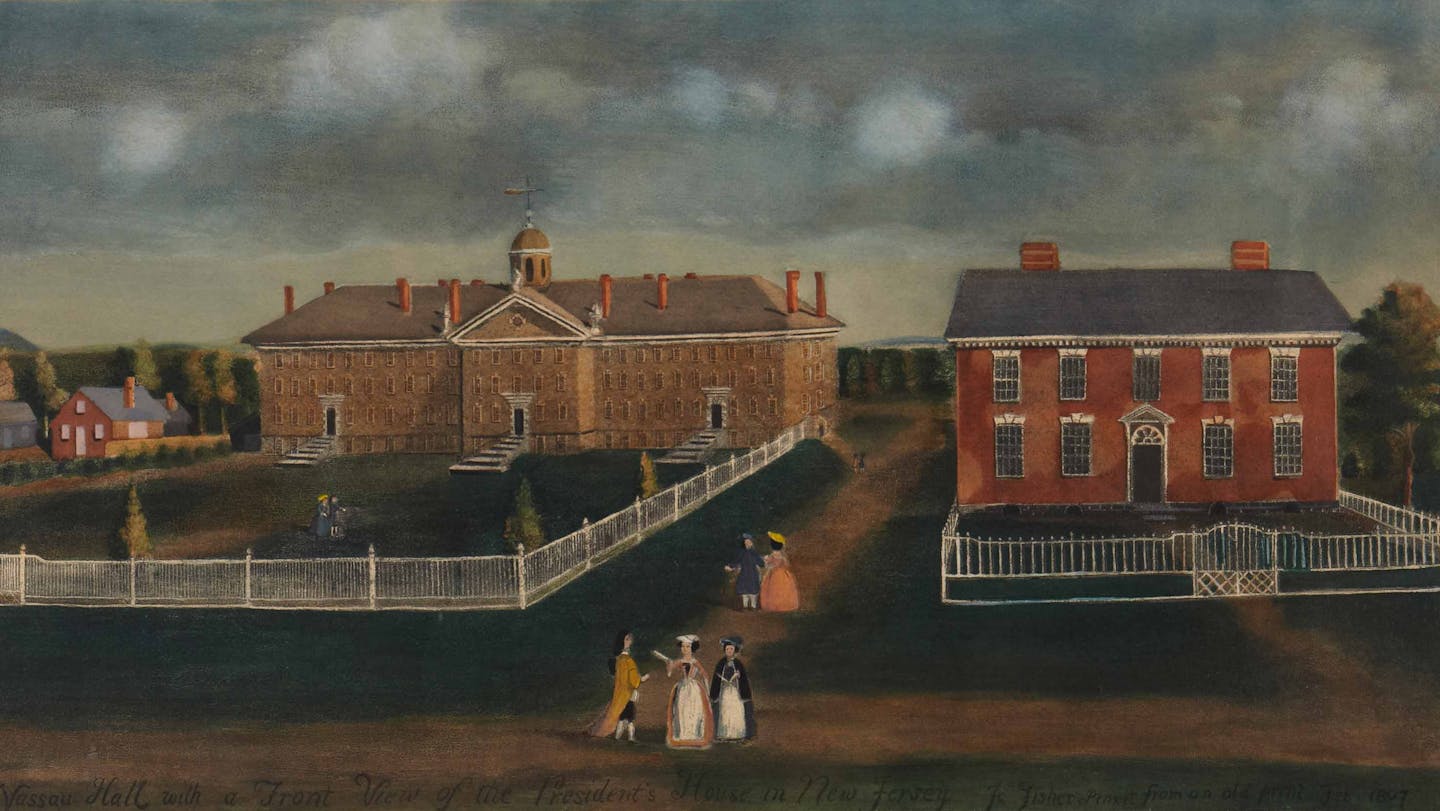
Diverse Women of the Mid-Atlantic
The Mid-Atlantic states of New Jersey, New York, and Pennsylvania differed from New England and the South. These states were more diverse in both religion and ethnicity, creating a more open culture of tolerance. The region had several Jewish communities, as well as Scottish and Scots-Irish, the largest populations of people of Swedish, Dutch, and German descent in the colonies, and many Native American groups.
This diversity gave women some advantages. Dutch customs included a stronger tradition of female business ownership than the English. The large Quaker population practiced greater gender equality in religious services than most contemporary Christian churches in British America.
A North-West Prospect of Nassau-Hall, with a Front View of the President's House, Princeton University Art Museum / Art Resource, NY
The women pictured here lived in the Mid-Atlantic British colonies (New York, New Jersey, Pennsylvania, Maryland, and Delaware). They are a woman of Anglo-English descent; the wife and child of artist Charles Wilson Peale of Philadelphia; a woman of color from rural Monmouth County, New Jersey; an elite woman from Morristown, New Jersey, who married a British general; and a Pennsylvania Quaker. As the Revolution changed their lives, the women of these diverse communities would reshape the politics of New Jersey.
Slavery and Freedom for New Jersey Women
In the early 1770s, slavery was legal throughout the British American colonies. In 1770s New Jersey the enslaved population ranged between 10 and 30 percent, with the larger number of enslaved people in the northern part of the state. Those people of African descent who were free faced widespread prejudices. The laws governing women of color’s lives not only restricted their right to property, but often defined them under the law as property.
Yet change was coming. Resistance by enslaved people pushed some white Americans to change their attitudes about slavery. In 1775 the first anti-slavery society in America formed in Philadelphia. In 1780 Pennsylvania passed the first gradual abolition act in the United States.
It took until 1804 for New Jersey to adopt any form of gradual abolition, making it the last northern state to do so. In New Jersey many people of African descent lived in slavery, alongside free people of color who owned property and could vote.
It is...the duty of those persons, who profess to maintain for themselves the rights of human nature...to use such means as are in their power, to extend the blessings of freedom to every part of the human race.”
Preamble, the Constitution of the Pennsylvania Society For Promoting the Abolition of Slavery and the Relief of Free Negroes Unlawfully Held in Bondage, 1787When Elizabeth “Betty” Dorn of Shrewsbury in Monmouth County was born in 1760, nearly all New Jersey people of African descent were enslaved. Dorn lived to see a gradual abolition act adopted in her state in 1804 and to see some women and African Americans gain and lose the vote before 1807. It is unclear if she was born enslaved or free, but Dorn was a free woman later in life.
Jane Sloan LeConte lived most of her married life in Shrewsbury, the same town as Elizabeth Dorn, whose story is told to the left. She married John Eatton LeConte Sr. in 1776, probably about the time she wore this dress. After New Jersey adopted anti-slavery principles in 1804, her children bought a plantation in Georgia.
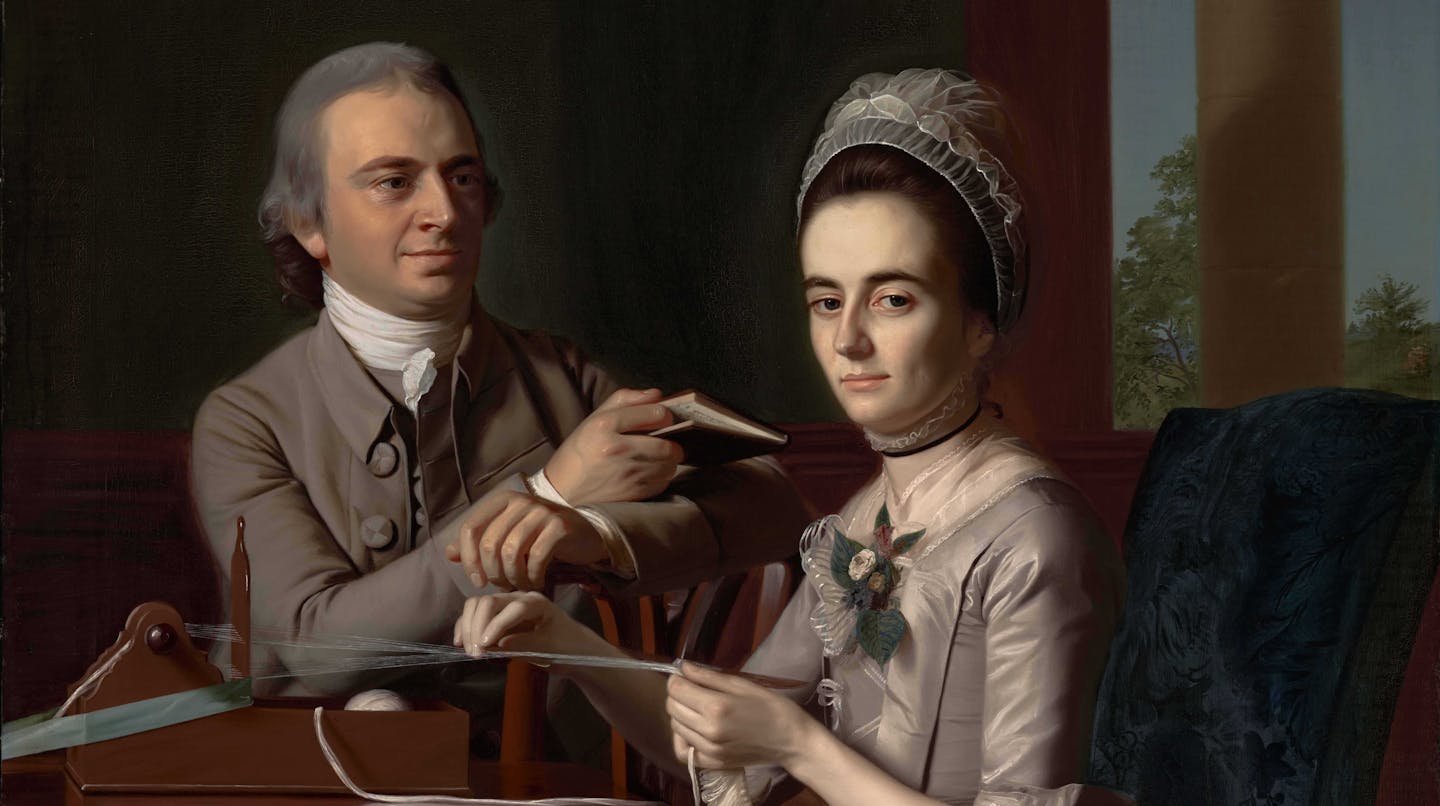
A Revolution Led By Women: 1765-1775
Early in their dispute with British governance, Americans used boycotts to pressure for change. As the chief consumers of household goods, women held the power of the purse. Town meetings and colonial assemblies formalized these boycotts with “covenants” to be signed by the people.
American “Daughters of Liberty” ensured that these boycotts worked. Not only did they make decisions as consumers, but many of them began producing “homespun” alternatives to British imports. Sometimes “Daughters of Liberty” also joined the “Sons of Liberty” to threaten merchants who refused to participate in boycotts.
Women’s role in these boycotts, however, made some women resent the limits that colonial laws placed on women to own property or act politically.
Portrait of Mr. and Mrs. Thomas Mifflin (Sarah Morris), 125th Anniversary Acquisition. Bequest of Mrs. Esther F. Wistar to The Historical Society of Pennsylvania in 1900, and acquired by the Philadelphia Museum of Art by mutual agreement with the Society through the generosity of Mr. and Mrs. Fitz Eugene Dixon, Jr., and significant contributions from Stephanie S. Eglin, and other donors to the Philadelphia Museum of Art, as well as the George W. Elkins Fund and the W. P. Wilstach Fund, and through the generosity of Maxine and Howard H. Lewis to the Historical Society of Pennsylvania, 1999
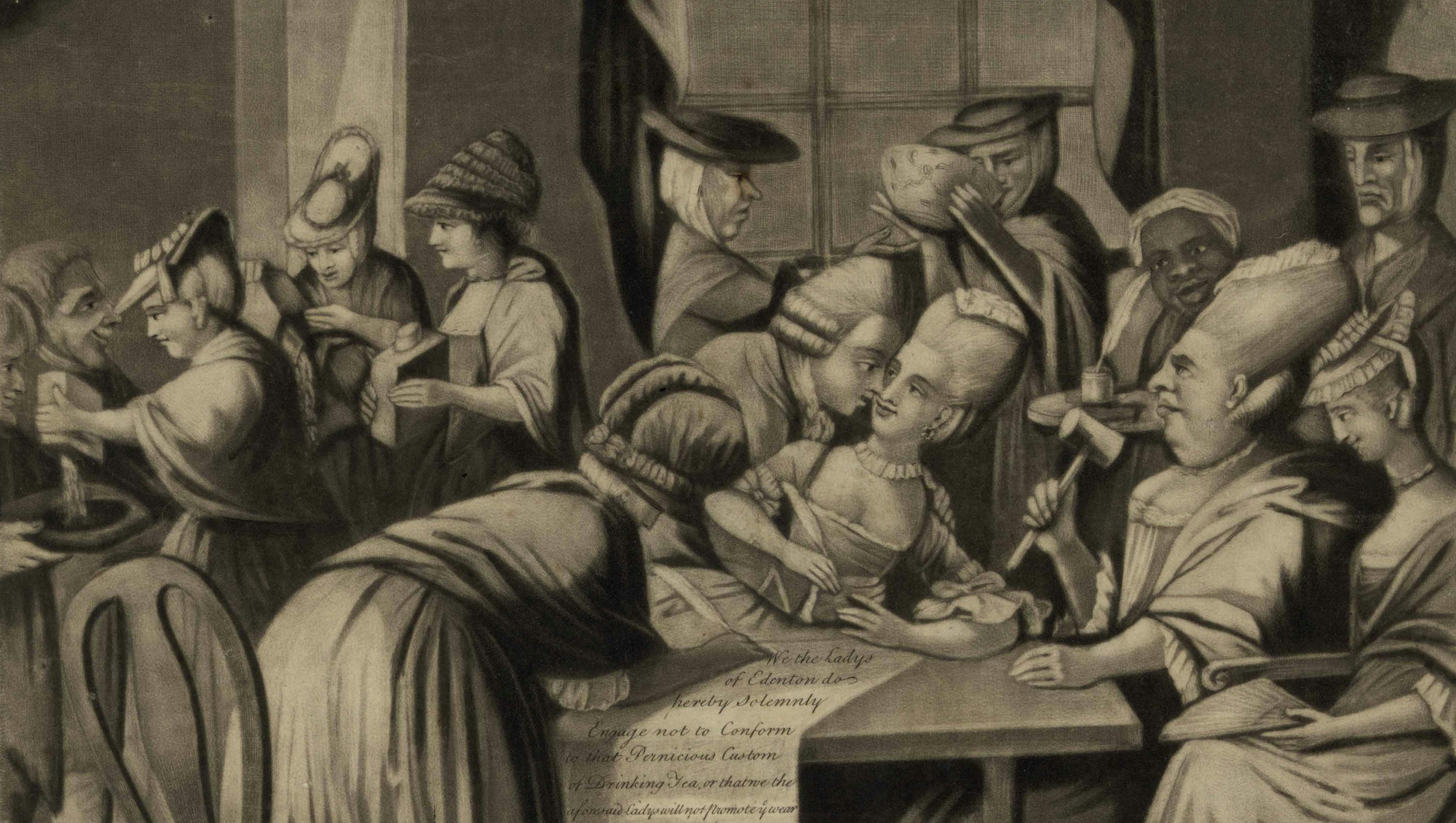
Women and “No Taxation Without Representation”
Though “Daughters of Liberty” struggled alongside “Sons of Liberty” to secure their rights, married women were generally excluded from those same rights in their own households.
One rally cry for resistance to British governance in the 1760s and 1770s was “no taxation without representation.” By this, they meant that the British Parliament could not tax Americans because that legislature did not have any American representatives.
The American resistance placed a great deal of emphasis on property rights, but marriage laws prevented most married women from enjoying property rights. In the British colonies, married women generally could not own property. Whatever property a bride brought to the union became her husband’s for the duration of the marriage. The legal term for this was “coverture” or femme coverture.
Coverture restricted married women from writing and signing contracts, suing, owning real estate or movable property, or earning their own money. It implied a woman’s legal “covering” after marriage – that her husband took over her legal, economic, and political identity.
There were exceptions. Prenuptial agreements, marital settlements, deeds of gift, and trusteeships all served to protect property that women brought into a marriage.
Even with limits on their own property rights, women found ways of defending colonial principles. Some political women in the colonies increasingly became upset about the contrast between the colonial fight for property rights and their own exclusion from property holding.
Ladies of Edenton, Library of Congress, Prints and Photographs Division, Washington, DC
All the Single Ladies
In contrast to married women, free single women could own property and make contracts. The term for this was femme sole. In the British colonies, these women possessed the same legal status as men, enabling them to serve as the heads of their households, own their own businesses or property, and pay taxes. But there was one exception — they could not vote. Therefore, they could not consent to taxation through elected representatives.
Hannah Griffitts, a Philadelphia Quaker and poet, celebrated women’s resistance to British taxation policies in her 1768 poem, The Female Patriots. As an unmarried woman, Griffitts questioned any authority that prevented women from exercising their personal choice, including marriage.
Under the New Jersey State Constitution, femme sole women that owned property equating to 50 pounds were eligible to vote. While some married women were able to find loopholes within coverture and dower laws, single women in New Jersey—and other states—remained some of the only white women not bound by these principles and were permitted to own property free of legal restrictions.
I’ve neither reserve nor aversion to man…But to keep my dear Liberty, long as I can, Is the reason I chuse to live single.”
Hannah Griffitts, a Philadelphia Quaker, 1769Women often carried pocketbooks and wore pockets under their petticoats or garments, which allowed them to carry paper currency and other personal items with them. Pocketbooks and pockets belonged to women of varying marital statuses, demonstrating that single, widowed, and even married women carried what Abigail Adams referred to as money “I call my own.”
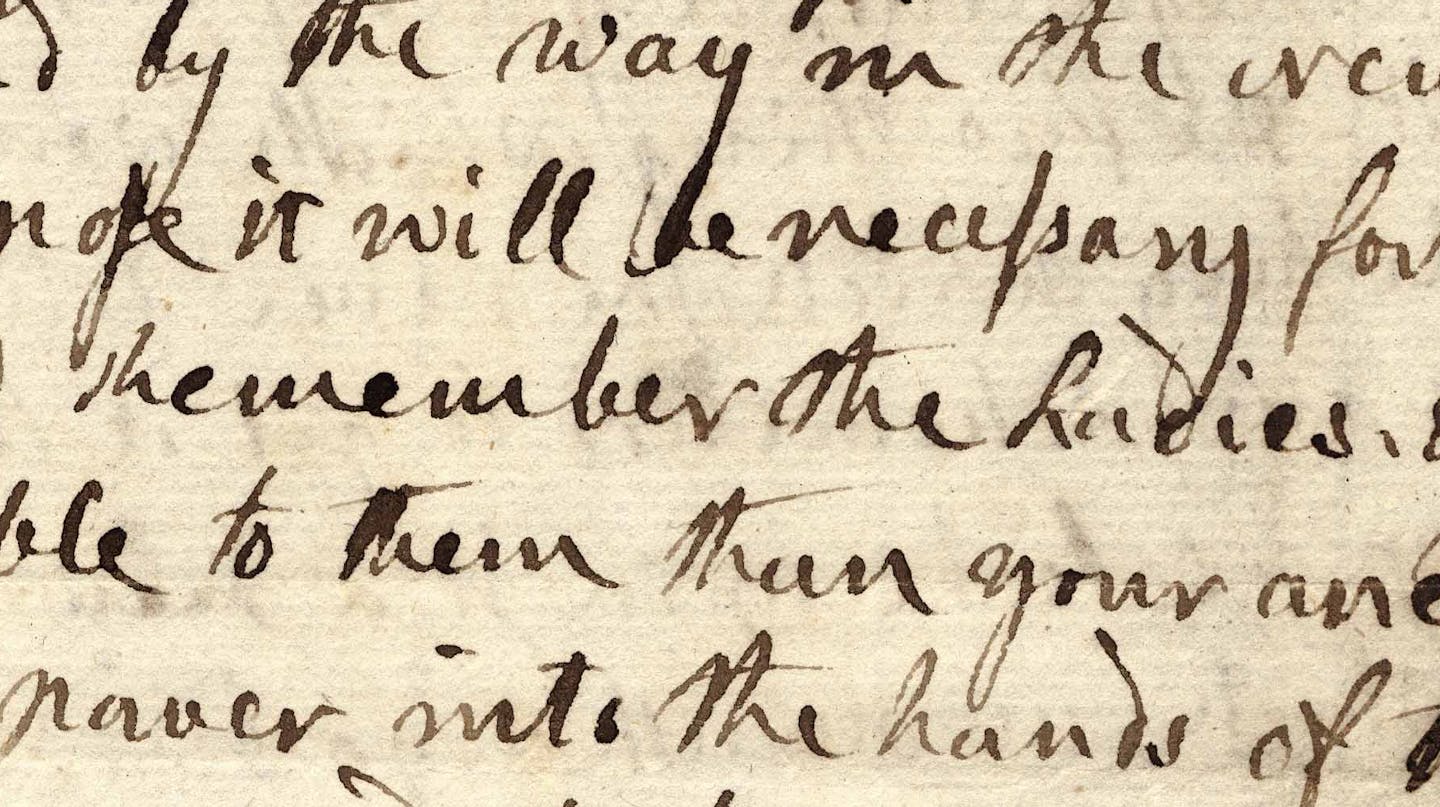
March 1776: Abigail Adams Speaks for Women’s Rights
Abigail Adams made perhaps the most famous statement in defense of women’s rights of the American Revolutionary era: “Remember the Ladies.”
On March 31, 1776, Abigail Adams wrote these lines from Braintree, Massachusetts, to her husband John Adams, a member of the Continental Congress in Philadelphia. “In the new code of laws” of the Revolutionary governments, she urged, “Do not put such unlimited power into the hands of the husbands.” Ladies like her, Abigail wrote, “will not hold ourselves bound by any laws in which we have no voice or representation.”
Some have interpreted Adams as calling for the vote with her reference to representation. Many historians believe she was advocating for more property rights and other legal protections for wives within a marriage. Both were important safeguards of women’s citizenship.
Abigail’s letter clearly connected the fight against the tyranny of the British king to women’s, and more specifically wives’, fight against the tyranny of husbands and long-standing laws that limited women’s rights.
Abigail Adams’s Letter to John Adams (detail), Collection of the Massachusetts Historical Society.
...in the new Code of Laws which I suppose it will be necessary for you to make I desire you would Remember the Ladies, and be more generous and favourable to them than your ancestors.”
Abigail Adams, March 31, 1776April 1776: John Adams Mocks Abigail Adams
“I cannot but laugh,” John Adams replied to Abigail Adams’s now-famous call for women’s rights. “We know better,” he said, “than to repeal our Masculine systems.”
Abigail equated her cause to that of Native people and people of African descent who were fighting for their own rights and equal treatment, causes John also dismissed. Women, he laughed, were a more “numerous and powerful” group and appeared to also have “grown discontented.” If women demanded representation, he suggested, maybe the Revolution had “loosened the bands of government everywhere.”
John meant to dismiss Abigail, but his letter only highlighted her foresight. Indeed, women, Native people, and people of African descent would oppose Revolutionaries who oppressed them as they fought to loosen the bands of government around them.
We know better than to repeal our Masculine systems.”
John Adams, April 14, 1776After John Adams dismissed Abigail Adams’s call to “Remember the Ladies,” she started planning her campaign. First, she wrote to Mercy Otis Warren, her influential friend and fellow Revolutionary. “I think I will get you to join me in a petition to Congress,” she wrote.
Ten days later, Abigail Adams wrote back to her husband, more pointedly charging him with hypocrisy for his treatment of women. “I can not say that I think you very generous to all the Ladies,” she wrote, “for whilst you are proclaiming peace and good will to Men...you insist upon retaining an absolute power over Wives.” In Adams’s letters to Mercy Otis Warren and her husband, we see a radical challenge to gender inequality in Revolutionary America.
But you must remember that Arbitrary power is like most other things which are very hard, very liable to be broken — and notwithstanding all your wise Laws and Maxims we have it in our power not only to free ourselves but to subdue our Masters, and without violence throw both your natural and legal authority at our feet.”
Abigail Adams, May 7, 1776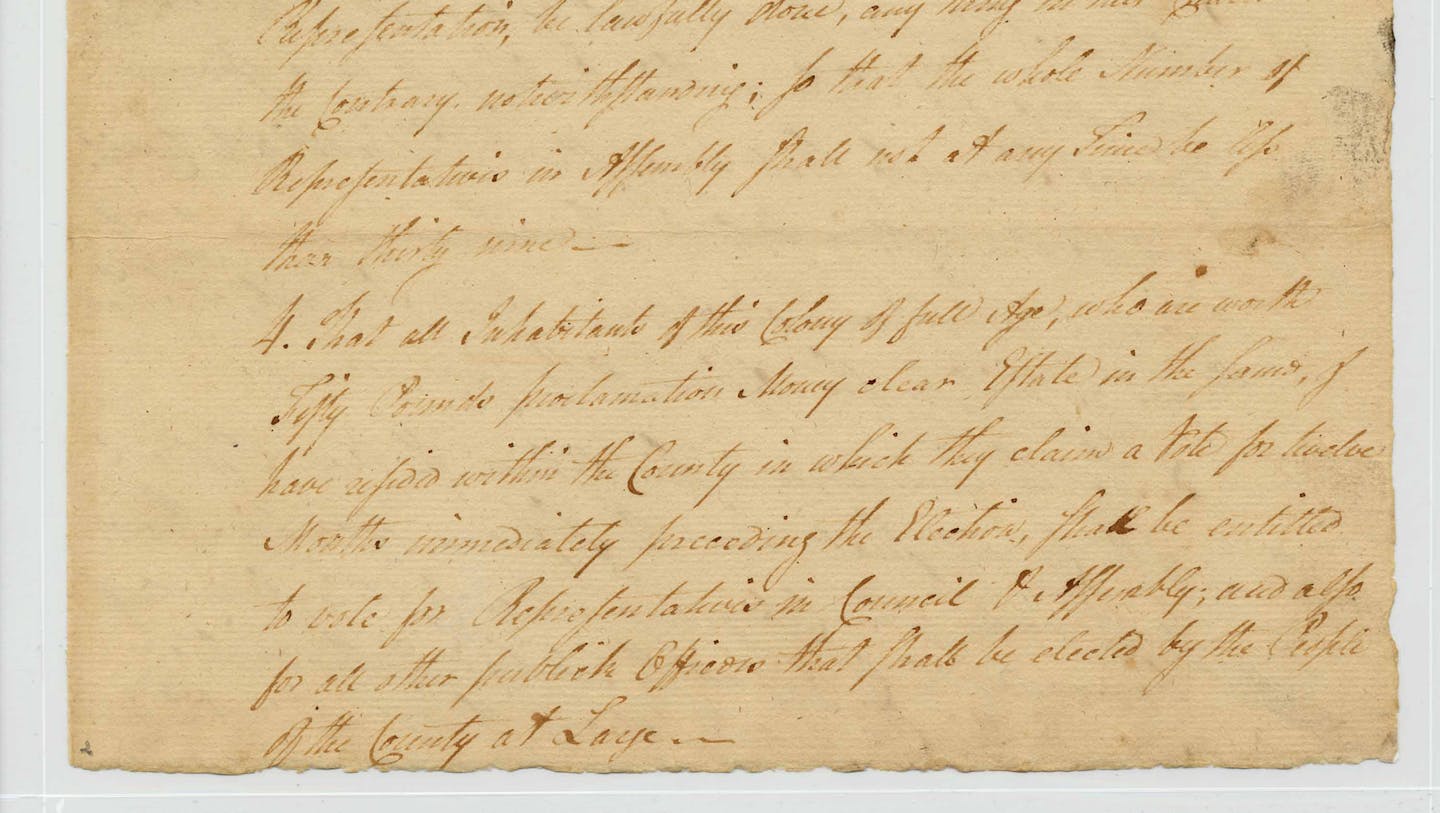
The 1776 New Jersey State Constitution: The Revolutionary “They”
The 1776 New Jersey State Constitution is perhaps the most inclusive state constitution, in terms of race and gender, produced in the United States during the American Revolution. The Provincial Congress of New Jersey adopted the Constitution on July 2, 1776, the same day that the Continental Congress voted for American independence.
New Jersey’s State Constitution was one of nine written constitutions adopted by the thirteen Revolutionary states in 1776. These were some of the first written constitutions in human history. Most of these constitutions did not include a racial requirement for voting, but New Jersey’s was the only one to allow women to vote.
While most of the New Jersey State Constitution used a male pronoun when referring to its residents and citizens, the electoral statute used the unspecific pronoun “they” in its section on voter eligibility, permitting men and women, Black or white, to vote.
The Constitution did limit the vote to property owners. Only those possessed of “fifty pounds proclamation money clear estate” could vote. Proclamation money simply meant currency. It was a term first used in New Jersey law in 1704. The value of 50 pounds changed radically with inflation. In 1806, it was about the value of three horses, or eight cows.
It is possible that legislators assumed the property requirement would exclude most married women and people of color. But they had created an opening that political and patriotic women worked hard to fill.
New Jersey State Constitution, New Jersey State Archives, Department of State
All inhabitants of this colony of full age, who are worth fifty pounds proclamation money clear estate in the same, and have resided within the country in which they claim to vote twelve months immediately preceding the election, shall be entitled to vote.”
1776 New Jersey State Constitution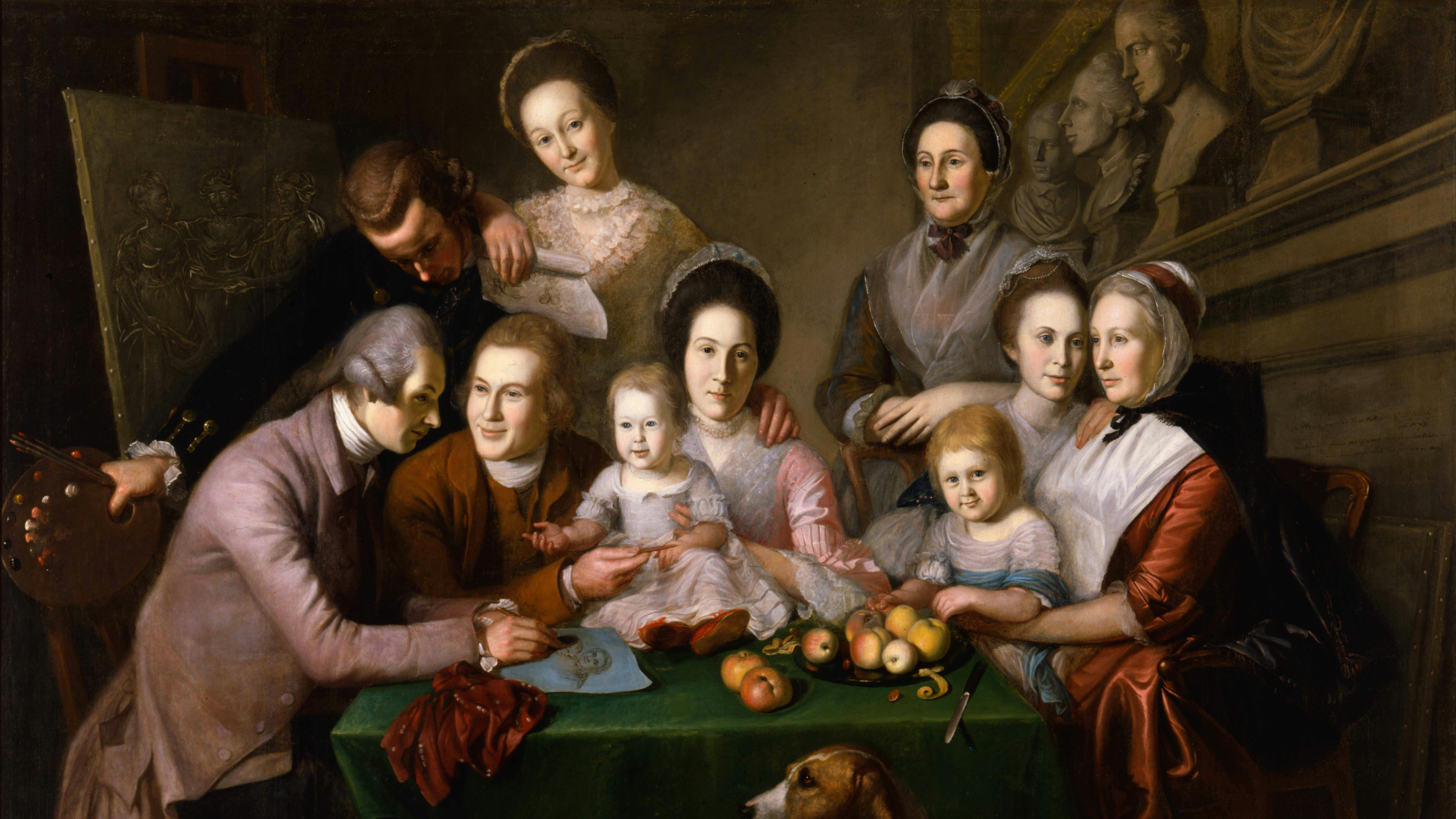
The Hidden Inequalities of the New Jersey State Constitution
Though written without any gender or racial requirement for voting, the New Jersey Constitution nevertheless discriminated against women and people of color. The property requirement disproportionately excluded more women than men and more Black people than white. That was because married women typically could not meet that requirement under “coverture.” Meanwhile, most people of African descent in the state were enslaved. Enslaved people typically could not own property, certainly not enough to meet a 50 pound requirement.
But how that law was actually applied on the ground changed over time. Manuscript poll lists from the early-19th century reveal a complex story where these boundaries based on race and gender may have been deliberately contested by voters in the Early Republic.
Charles Willson Peale (1741-1827), The Peale Family, 1773-1809, oil on canvas. Gift of Thomas Jefferson Bryan, New-York Historical Society, 1867.298. Photography © New-York Historical Society, http://www.nyhistory.org.
Museum of the American Revolution’s Index:
Was New Jersey “Exceptional”?: State Constitutions, 1776 - 1790
-
10the number of state constitutions (1776 -1790) that defined voters as “male” or “freemen” (Georgia [until 1789], Maryland, Massachusetts, New Hampshire, New York, North Carolina, Pennsylvania, South Carolina, Vermont, and Virginia)
-
5the number of state constitutions (1776 -1790) that did not have a gender qualification in their election law (Connecticut, Delaware, Georgia [after 1789], New Jersey, and Rhode Island)
-
3The number of state constitutions (1776 -1790) that defined voters as “white” (Georgia [until 1789], South Carolina, and Virginia)
-
2the number of states that adapted their British colonial charters and did not write a new state constitution from 1776 - 1790 (Connecticut and Rhode Island)
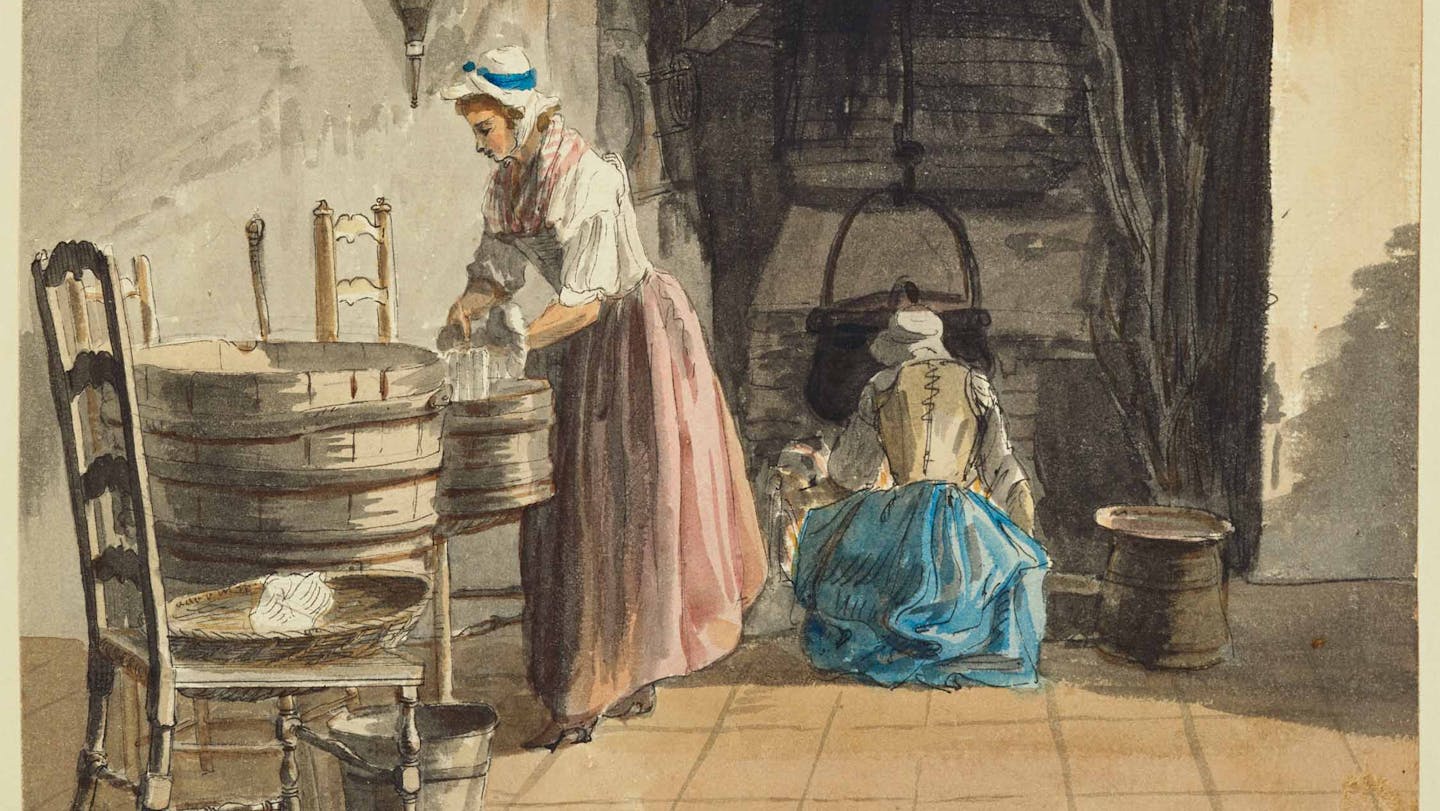
Women in Wartime
The New Jersey Constitution of 1776 created an opening for women to vote, and the logic of the Declaration of Independence’s call for equality opened the door to more women in politics. But women’s actions during the war helped secure these ideas and grow them into voting rights for the next generation.
Women were crucial to the creation of community during the war, even in the midst of the disruption and civil strife of the Revolution. Their revolutionary actions helped open discussions of voter eligibility for women in states like New Jersey.
Alongside property, political allegiance to the new nation and sacrifices for the public good became important credentials for citizenship and political responsibility. Many women demonstrated their citizenship and political convictions with great sacrifices for the American cause. Meanwhile some women grew in political and economic power amidst the political conflict.
At Sandpit Gate, Royal Collection Trust / © Her Majesty Queen Elizabeth II 2020
The women of America have at last become principals in the glorious American Controversy.”
Benjamin Rush to John Adams, July 13, 1780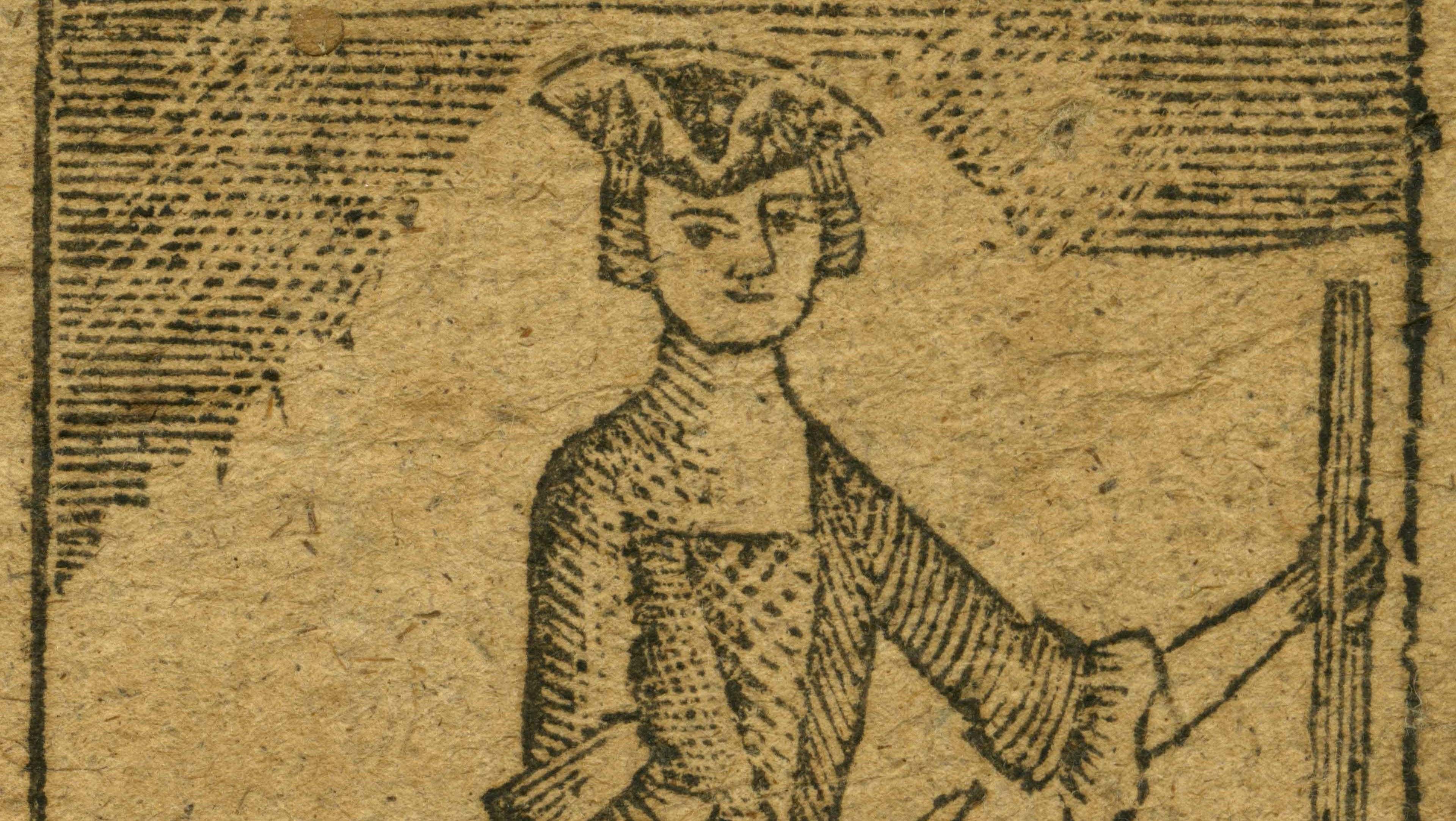
Women Fighting Throughout the Nation
Women served in combat during the Revolutionary War. They defended their homes from attack, acted as spies, and hundreds, if not thousands, followed the army in the field. Though women were prohibited from serving as soldiers or officers in the army, a few successfully disguised themselves as men and enlisted in the Continental Army.
Women provided important support and information throughout the war. Their stories speak to American women’s ability to contribute to the Revolution without openly challenging expected gender roles of the time.
Touch on the Times Broadside (detail), Molly Gutridge, A new touch on the times. : Well adapted to the distressing situation of every sea-port town. / By a daughter of liberty, living in Marblehead. [Danvers, Mass.: Printed by Ezekiel Russell], ca.1779, wood engraving. New-York Historical Society Library, SY1779 no.2, image 48257. Photography © New-York Historical Society, http://www.nyhistory.org
Deborah Sampson: Female Soldier
Near the end of the war in 1782, a Marshfield, Massachusetts, woman named Deborah Sampson dressed in men’s clothes and successfully enlisted in the 4th Massachusetts Regiment of the Continental Army. She served under the name “Robert Shurtliff.” Sampson fought as part of the army’s light infantry, suffering multiple wounds. When she was hospitalized due to an illness, a doctor identified Sampson as female. She was the only woman to receive an honorable discharge from the Continental Army, and newspapers described Sampson as an example of female virtue and patriotism.
After the war, in 1785, Sampson returned home and married Benjamin Gannett. In 1797, she became a minor celebrity when a book about her military service called The Female Review (1797) appeared in print. Sampson went on a speaking tour and performed military exercises on stage.
Some women served as spies during the Revolution. Mary “Polly” Frazer of Chester County, Pennsylvania, spied for Washington while also managing her farm, supporting her husband while he was a prisoner of war, and raising their four children while pregnant with a fifth.
The American Army included women, children, and a host of non-military personnel who traveled to support the troops. In most cases, they were the wives and children of soldiers. These family members sometimes received army rations in exchange for helping to clean the camp and the clothing of the troops, or providing medical assistance as nurses. However, during periods of shortage, camp followers could be ordered away from camp and cut off from rations with little notice.
Women turned their domestic tasks into patriotic acts. Some remained on the homefront, caring for the family and managing the household, while others took on roles as producers and suppliers of the war effort. Women produced homespun cloth and other household goods, labored in cartridge making factories, and worked in publishing and book binding to help support and spread the war effort.
The American Revolution allowed a small number of women to become more politically involved, though they did not seek or hold political office. These women demonstrated a knowledge of and interest in electoral politics. Their education and genteel status often made it easier for these women to publish their ideas, giving them a platform to advocate for women’s rights.
Nonetheless, these “female politicians” had limited authority, and few viewed their wartime contributions as anything more than a temporary sacrifice for the public good.
To march to glory by the same paths as men…We should at least equal and sometimes surpass them in our love for the public good.”
Esther Reed, “Sentiments of an American Woman”, 1780Mumbet: Fighting for Freedom
Enslaved women began questioning their status in the new nation as a result of the American Revolution. One of those women was Elizabeth Freeman, or “Mumbet,” who lived as an enslaved woman in Massachusetts.
After hearing the Massachusetts Constitution being read aloud in her master’s home, Freeman sought out Theodore Sedgwick, a lawyer and antislavery advocate that helped her sue for her freedom as a “inhabitant” of the state of Massachusetts.
In 1781, Freeman won her freedom in court. Her case helped set a precedent prohibiting slavery in the state of Massachusetts.
Any time while I was a slave, if one minute's freedom had been offered to me, and I had been told that I must die at the end of that minute, I would have taken it just to stand one minute on God's earth a free woman.”
Elizabeth FreemanConfiscation and Coverture
In 1777, New Jersey, like many other states, passed an act ordering the seizure and sale of Loyalists’ property. Such “confiscation laws” called into question the meaning and status of women’s citizenship in the new nation. The laws encouraged lawmakers to determine if married women had a right to a political or legal identity separate from their husbands, and if so, if they should be subject to the seizure of their family estates, furniture, and personal belongings.
In New Jersey, Rebecca VanDike cleverly used the courts and "coverture" to circumvent confiscation laws. In 1777, the state seized the property of her husband, John, upon suspicion of him being a Loyalist. Rebecca tried to defend her husband's reputation by submitting the petition included below. But her efforts did not succeed and John VanDike fled New Jersey.
Rebecca and her father instead purchased the confiscated property at auction and she began paying taxes on it. In 1784, when New Jersey required Rebecca to pay back taxes, her lawyer argued that as a married woman under "coverture," VanDike could not own property or accrue debt. We do not know the outcome of Rebecca’s case.
